I arrived in Tokyo via bullet train, or Shinkansen, from Kyoto. I had toyed with the idea of taking a more budget-oriented approach towards getting here but I’m glad I didn’t. Seeing the countryside whizzing by me at 170 miles per hour inside my whisper-quiet cabin was an experience in itself, not to mention all the time I saved over taking the much slower, local trains.
So ¥12,000 and 2 hours later we pulled into Tokyo Station, and I strapped on my backpack and headed out. I felt like a kid again, ready to start his first day at a new school.
Let’s start things off by exploring the area around Shinagawa.
This is the north entrance out of the station itself.
One evening I had decided to go for a walk northeast along the harbor to shoot some of the bridges and overpasses here.
I forgot to mention this in my Hong Kong post, but I have a funny story regarding the tripod I was using. The tripod I brought with me was a dinky little thing that could barely hold a point and shoot when extended more than a few feet, so when I arrived in Hong Kong ready to do some serious night photography I knew I needed something a little sturdier. I didn’t want to bring my main tripod from home due to its size, but I figured when I was in Hong Kong that I could buy one used from a second hand shop and just sell it back to them before I left, then do the same here in Japan.
Well when searching for my replacement Minolta camera body in Kowloon, I found an awesome new tripod with a removable ball head for only around $40 US. I worked out a deal with the clerk who said I could sell it back to them in two weeks before I left for half that, effectively renting me a really nice tripod for only $20. Well it turns out I didn’t want to get rid of it, so I kept it and brought it with me to Japan, knowing that I’d never find another tripod that nice for anywhere close to that price here.
The funny part is when I tried to bring it on the plane in the HK airport, the girl working security said I couldn’t bring it with me due to it being about two inches too long. I was all set to have her just throw it away and was filling out paperwork to grant them permission to dispose of it when I came up with the best idea I’d had all day. I smiled, unscrewed the 4″ tall ball head and stuffed it in my bag and was on my way. I still have it and use it to this day, and it stands up to the $300 tripod I’ve been using for years.
This is the Rainbow Bridge that connects the mainland with some of the man-made islands where Tokyo’s ports are located. After I took this picture I was actually feeling a bit tired due to waking up uncharacteristically early, so I laid down on some steps in a small park and took a quick nap. One of the many beautiful things about Japan is the insanely low crime rate. It’s effectively non-existent. I remember reading that my guesthouse in Osaka was in one of the worst areas for crime in all of Japan, yet its crime rate was still less than one half of one percent of that of New York City.
Next up is Asakusa which is one of Tokyo’s more traditional areas, with some temples and shrines scattered about, namely the Senso-ji which I’ll show you in a bit.
There was an elevated train system running through the middle of Asakusa with tons of little shops, bars and restaurants nestled underneath. It made for some nice cover on this rainy day.
I peeked in a window to see what appeared to be two butchers portioning out some meat.
Here’s the Senso-ji temple. It’s one of the main attractions here in Asakusa, and was lined with dozens of little shops selling food and souvenirs.
I stopped by in the evening as well to get some night pictures of it.
We’re still in Tokyo however, so a block or two away and you’re right back in the city.
I didn’t have my tripod on me this night, so it was a miracle I was able to capture anything with 800 speed film and an f/4 lens.
The first area I stayed in during my time in Tokyo was a guesthouse a few blocks away from the Minami-senju station. It wasn’t too far outside of a few of the busier parts of the city and had really affordable rates by Tokyo standards.
There was a small cafe near my guesthouse where I ate dinner a few nights. After I snapped this picture of this gentleman he offered me some shochu which I graciously accepted. I had some shochu a few weeks prior while I was out with Haru in Osaka, and the fact that I even knew what it was seemed to impress him and his drinking buddies. It tastes a lot like sake, but unlike sake is usually not made from rice. It’s also distilled instead of brewed and has a (sometimes much) higher alcohol content.
Next up is Shinjuku, which is probably one of the biggest and most popular sections of Tokyo.
Although you’d probably never guess it by the last two pictures I posted, Shinjuku is home to the largest and busiest train station in the world. It serves around 3-4 million people per day and has over 200 exits. Yes, 200 subway exits. I got lost in here one night and ended up walking underground in a straight line for a good 25 minutes before I just gave up and went outside. There’s practically an entire city under here.
One of the big attractions for me in Shinjuku was the Yodobashi camera and electronics superstore. They have these in most of the major cities in Japan, including a few in Tokyo alone, but I believe the one in Shinjuku is the biggest. The store here encompasses several buildings and takes up multiple floors on each. Before I realized this I remember going up and checking out all eight floors in one of the buildings looking for their film section, only to find that they have another separate building entirely just for their film stocks.
This was my Australian friend Matty trying to communicate with this Japanese woman. She shied away and turned around as soon as I lifted my camera, and he was trying to convince her to let me take her picture. I met Matty in my guesthouse in Yokohama, both of which which I’ll talk more about later.
On Matty’s last night here we ended up walking around Shinjuku drinking some rather strong alcoholic beverages we kept stocking up on from the nearest convenience stores. Over the course of our festivities we ran into this group of young ladies performing some songs from their band Lovepunk. We ended up talking a bit after their set and Matty and I promised to make them famous on the internet, so here they are. Be sure to check out some of their songs on their Youtube channel. I gotta say, these girls really know how to perform.
One of my favorite parts of Shinjuku was a nightlife and entertainment area called Kabukicho. I popped into a few bars and cafes here and it was really cool to just walk around and take in the atmosphere.
There was a small little alleyway near the station which had a lot of little food joints as well.
Most of these places seemed to specialize in two of Japan’s most popular dishes, gyoza and yakitori. Gyoza is essentially steamed or fried dumplings while yakitori is skewered chicken. The yakitori is much like the satay I had in Malaysia and Thailand, with the main differences probably being the spices and dipping sauces used. Both were of course extremely tasty.
One thing I sort of regret about my trip here was that I left just a bit too soon. This picture was taken on my last day in Tokyo as the cherry blossoms had just started to bloom. Another week and the entire city would have been full of their beautiful bright pink flowers. There’s always next time I suppose.
One of the places I had really wanted to visit here in Shinjuku was the New York bar on the 52nd floor of the Park Hyatt hotel.
In my previous post I had shown you a shrine which was a filming location in the movie Lost in Translation. This bar was also used in the filming of this movie, and was where Bill Murray spent most of his time drowning away his sorrows while overlooking Tokyo. As I had come here on the last day of my trip, I figured I’d join him in spirit for a drink while listening to some lovely jazz and reflecting on what a wonderful time I’d had.
I also promised a certain someone that I’d include a picture of myself for a change in this blog post, so here I am, messy hair and all.
I also spent a bit of time in Shinjuku with my medium format camera and tripod.
I used my color correction filters for many of my night shots. I brought an 80A and 82C with me which I used to balance a lot of the warm artificial lighting found in places like this. I could have probably achieved much of the same effect during scanning, but I like to do as much as I can in-camera instead of just editing it in post. The vast majority of my film workflow is just scanning and resizing, which helped save a bunch of time when coming back from this trip with over 100 rolls of spent film.
The last place I visited here in Shinjuku was the Government Metropolitan Building. This building has a free observation deck 660 feet up which I visited a couple times.
The view over the city here was fantastic. I came back at night once but apparently tripods aren’t allowed up top, so I wasn’t really able to get any pictures I’m proud of.
One day I decided to walk from Shinjuku down to Shibuya, another of Tokyo’s popular districts.
Along the way I walked through Yoyogi Park which contains the Meiji Shrine. While I was walking around the shrine there seemed to be a bit of commotion, and there were people trying to clear a path through the center. It turns out there was a traditional Japanese Shinto wedding precession taking place. I don’t know how often this sort of thing happens, but I guess I was pretty lucky.
For a couple hundred Yen you could write down a little prayer on a block of wood and hang it up on a big wall. Some of them were pretty touching.
As I approached Shibuya I ran into this protest march. I have no idea what they were marching about.
One of the many things I miss about Japan are all the crazy drinks they have. All the juices, energy drinks and of course the vending machine coffees which I drank every morning. I found a place around where I live that sells the little 6oz Japanese coffee cans but it’s just not the same.
This is the view of the famous Shibuya intersection from the adjacent Starbucks. It’s not too busy-looking here, but check out this video I took to see what it’s usually like. Nearly every time the light changes, the road turns into a veritable sea of people. Also in the background of that video you can actually hear a guy on the bullhorn from the marchers I mentioned previously.
Here’s another shot of the intersection, this time at night.
Shibuya seemed to be one of the more colorful districts of Tokyo.
I started climbing a few buildings south of the main area in Shibuya to do some rooftop photography, but it started raining out almost immediately so I didn’t get many pictures.
The railway system in Tokyo, by all accounts, is crazy. Actually it’s not as bad as it seems, but take a look at the train maps to get an idea of what I’m talking about.
On the left is the subway map and on the right is the map for the above-ground trains. Feel free to click on it to get a larger view. Like I said it wasn’t so bad though, after about a week or so I started to figure it out. There are a lot of different lines, and a lot of them are run by different companies which sometimes require separate tickets to make transfers, but there are a few main lines which got me to most of the places I needed to go. Plus, I always kept a copy of these maps in my back pocket so I never really had any problems.
As I did in the other cities I visited on this trip, I got myself a rechargeable electronic pass card to use for the trains. This way I didn’t have to worry about getting tickets or calculating how much my fare would be. I could just swipe my card and go, recharging it whenever it got low.
The only problems I did sometimes run into were walking through underground subway stations that obviously weren’t built for someone 6’1 like myself. I don’t think a day went by in Japan when I didn’t hit my head on something.
The signs were sometimes confusing as well, but most of the important information was often listed in English as well.
When I was doing research for my trip I had read that it rarely snows in Tokyo. I don’t know how rare exactly, but I remember reading something along the lines of once every 2-4 years. Since I was arriving in late February, I figured the odds of catching a snowy day were pretty slim.
Imagine my surprise when I wake up one morning to see everything outside my window blanketed in snow. I don’t think I’ve ever gotten out of bed so fast in my life. I think I went from asleep to out the door in about 4 minutes.
The first thing I did was hit the train station to catch a ride into the city.
I wasn’t really sure where I wanted to go as I hadn’t planned on anything like this happening. I remembered reading about the Tokyo Imperial Palace located in a huge park in central Tokyo, so I figured that would be a cool place to start.
Unfortunately what I didn’t find during my limited research of this place was that visitors are not allowed anywhere near it, so this was as close as I could get. Then right as I left it stopped snowing, so I hopped in a nearby Sukiya to warm up and grab some gyudon for lunch. Oh well, it was cool while it lasted.
Next up is an area known as Shinbashi. Looking back, I really wish I spent more time here. On one side it had a really cool ambiance with a lot of small bars and cafes, while a few blocks away was the ultra-modern Shiodome district, full of huge skyscrapers housing some of Japan’s largest corporations.
Like I said I wish I had spent more time here. While I’m happy with the few pictures I have from Shinbashi, I don’t think they’re really able to recreate the unique atmosphere I’m remembering. You’ll just have to go check it out for yourself I guess.
Before I left for my trip I had heard a lot about Ikebukuro. I had originally planned on spending more time here than I did, but it didn’t really capture my attention as much as I thought it would have.
The one time I got out and walked around here I ended up feeling a bit underwhelmed and just walked down to Shinjuku.
These two pictures I thought came out pretty cool though.
So far on this trip I hadn’t had much luck gaining access to many of the port areas, and I figured Tokyo wouldn’t be any different, but I had to give it a shot anyway.
A long walk across a few bridges.
Through a few small commercial centers.
Bingo.
I was limited to this one vantage point, but this was the closest I had gotten to a container crane all trip. A few of them were even in action, loading up a ship.
The next area of Tokyo I visited, Akihabara, was much like Ikebukuro for me. Although this time I was sort of expecting to not spend a lot of time here due to it being geared mainly towards the “otaku” culture, which I think is basically just a term used to describe people who prefer to spend their time playing video games, reading comic books and watching anime over more ‘social’ activities. I’m actually a pretty big fan of the old show Cowboy Bebop myself, but that’s about as far as I’ve gone into that sort of stuff.
I did stop by a really cool basement-level restaurant for lunch. I had a very awesome bowl of Tekkadon, which is sushi-grade slices of raw tuna over a bowl of sushi rice. There was some other stuff on it too, as well as some pickled ginger and a dollop of wasabi, so it was essentially like a big sushi bowl.
The last place I’m going to bring you from Tokyo before moving on to Hakone and the Kanagawa district south of Tokyo is the observation deck situated atop the Tokyo World Trade Center.
I got up here just as the sun was setting, and was greeted with the most amazing view of Tokyo I’ve seen yet.
Click on this pano to check out the higher res version.
Another shot of yours truly, next to the famous Tokyo Tower.
I didn’t have my tripod with me once again, but who needs one when you’ve got a 50mm f/1.2 lens.
Back on the ground I stopped in to a small cafe for some cold soba noodles before heading back the guesthouse for the night.
About halfway through my time spent in Tokyo I met up with my dad who was flying through Narita Airport while on a business trip. He’s more of a nature guy than a big city guy, so we headed out west to a resort town near the base of Mt. Fuji called Hakone. This town is known for its onsens (hot springs) and ryokans (traditional-style hotels), and is a pretty popular vacation spot for Japanese tourists.
One of the first things we did here was visit the sulfur springs of Owakudani. To get there we had to take a train through the woods, up a mountain, hop on a Swiss-made cable car, and then finally catch a gondola ride up to the area where the springs were located.
It was pretty chilly up here (and a little bit smelly from all the sulfur), but the views were incredible.
It was a little cloudy around Mt Fuji though so this was the best shot I could get of it.
Another day we took a bus ride out to Lake Ashi and went on a little hike.
Here you can see the Hakone Shrine, and behind it would normally be a stunning view of Mt Fuji if it weren’t again for the clouds.
The hike we went on was along the old Tokaido Road, which used to connect Kyoto and Tokyo roughly 300 years ago.
We didn’t dare venture any further after coming across this alarming sign.
One of the other attractions we visited here was the Hakone Open-Air Sculpture Museum. It was similar to a place we have back home called the DeCordova Sculpture Park, but much bigger and with many more sculptures.
This is actually the only shot I got of my dad. He’s the one in the sphere with the bright orange shirt.
Here is probably my best shot from the entire trip.
The train ride back to the hotel was full of exhausted schoolkids.
After the three days spent out in Hakone with my dad, we took a train back into Tokyo so he could catch a flight back home. After he left I went back down to Yokohama where I had been staying. I was only in my guesthouse in Minami-senju for maybe a week or so. I had wanted to hop down to Yokohama for a few days to check it out and ended up finding an awesome place to stay there called the Kanalian Guesthouse, and since Yokohama was only a 20 minute train ride from Tokyo I just decided to set up camp there for the rest of my trip. It was actually closer to Shinjuku and a lot of other places than my old guesthouse, so it ended up saving me lots of commuting time.
The taxi stand outside the main Yokohama station.
The guesthouse was only a 5 or 10 minute walk from there.
This is Lee, the guesthouse owner, and my Australian buddy Matty. Lee and Matty are just two all-around great guys. I can’t even count the amount cool places Lee brought us out to eat at that we never would have been able to find ourselves. Two of my favorites were an old Japanese curry house he brought us to one night, and then to a place that sells tonkatsu, which is my new favorite thing to eat. Tonkatsu is basically pork cutlets deep-fried in panko, covered in a thick Japanese Worcestershire sauce and then served on a bed of shredded cabbage with a side of daikon radish. If you’re interested in trying this out, which I think you probably should be, the tonkatsu sauce can usually be found in most Asian supermarkets. Just fry up some cutlets and you’re good to go.
Matty is a tattoo artist from Melbourne. He comes to Yokohama every so often to get tattooed by an awesome and very talented artist here, whom he also learns from in order to be able to apply the traditional style of Japanese tattoos to his own work back home. Pretty cool stuff.
One night nearing the end of my stay, I mentioned to Lee that I wanted to eat something called the fugu. The fugu is an infamous blowfish filled with a deadly neurotoxin called tetrodotoxin. Apparently the chefs who prepare the fugu need to be specially trained and go through a rigorous licensing process due to its extremely lethal nature. A single drop of the tetrodotoxin will paralyze anyone who ingests it, starting in the mouth and then extending over the entire body, and eventually paralyzing the diaphragm which leads to death by respiratory failure within a couple of hours. So I think you can understand why I obviously needed to try some before I left.
So here’s a picture that Lee took of me eating my fugu, which I’m happy to say wasn’t my last. I survived the fugu!
After our fugu meal, Lee told me that I really needed to try something even better: whale meat. I was still pretty hungry so I figured a nice big whale would certainly hit the spot. We got to this little whale bar that served a few varieties of super-fresh whale. She pointed to the whale chart behind her and asked us which kind we’d like to eat, but I let Lee decide as I’m certainly no expert on the subject.
I forget which kind we ended up going with, but I remember looking it up on Wikipedia and finding that it wasn’t that endangered, so all you whale rights activists can chill out. It was served raw, with a raw egg yolk mixed in with a little bit of pepper. It was more like eating raw red meat than eating sushi, but the flavor itself was very unique. It definitely wont be the last whale I eat, I can tell you that.
One rainy day in Yokohama I decided to head down south a bit to check out the coastal town of Kamakura. There are a few temples down here, as well as a huge old bronze Buddha. There were also a few nice hiking trails through the small mountains in the area, so I popped on my raincoat and headed down there for the day.
I think normally the beach here is a pretty big attraction for the locals, but on this rainy March day it was completely empty.
There were a bunch of mini Buddhas at one of the temples I visited, but they were nothing compared to the Buddha I was about to see.
Apparently this 43′ tall Buddha is almost 800 years old. They originally spent ten years building a wooden one, which was promptly destroyed by a storm about 4 or 5 years later, so they rebuilt it in bronze and it’s been standing to this day.
Back in Yokohama I spent a night or two wandering around with my tripod taking pictures.
Yokohama is actually Japan’s second largest city, so even though I was here mainly to commute into Tokyo, there was still plenty to see here in Yokohama itself.
One day Lee let me borrow one of his bikes at the guesthouse and I took it all around the industrial ports in Yokohama.
I ended up riding around for over 8 hours. I’m pretty sure it gave me a mild case of tendonitis in my palms, as I couldn’t even hold a set of chopsticks for maybe 4 days afterwards.
It was definitely worth it though.
So after 3 of the best months of my life it was finally time to go home. As much as I loved every second of this trip, I was definitely looking forward to getting back, sleeping in my own bed and seeing all my friends and family I had been away from for so long. Not to mention finally going over all the pictures I had been taking. The absolute freedom of being on the road is unlike anything else and is truly one of my passions, but the barrage of new and exciting experiences and constant uncertainty can get a bit exhausting after a while. Of course after a few weeks of being back home I wish I was back out traveling again, but for now it was time for this trip to come to an end.
Looking back, it’s hard for me to pick a favorite out of all the places I had been. Every country I visited was so different and had so many awesome experiences to offer. I think one of the most valuable lessons I had learned on this trip though is that it’s not so much the places you go or the things you see, it’s the people you meet along the way. I had spent all my time beforehand planning out all the things I wanted to do, but in the end it’s the things that are impossible to plan which ended up providing me with the fondest memories. I can always go back and see the same buildings, temples, cities and countrysides, but it’s the friendships I’ve formed and memories of the people I met which will be with me forever.
Till next time!

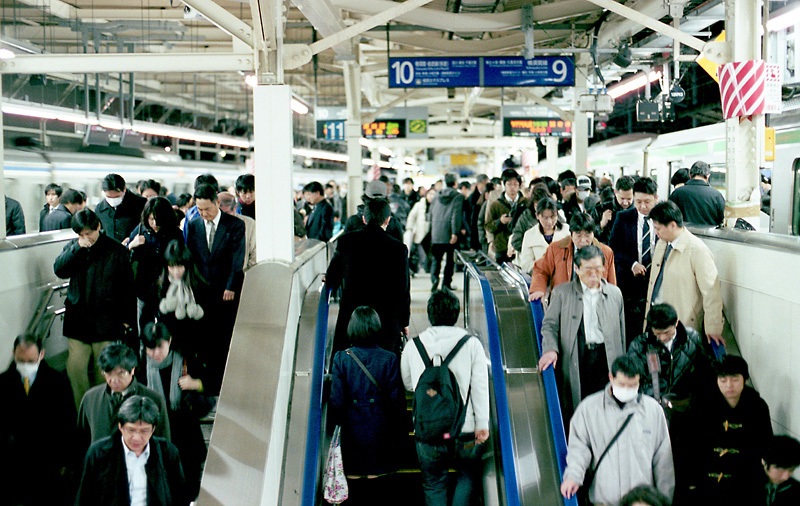
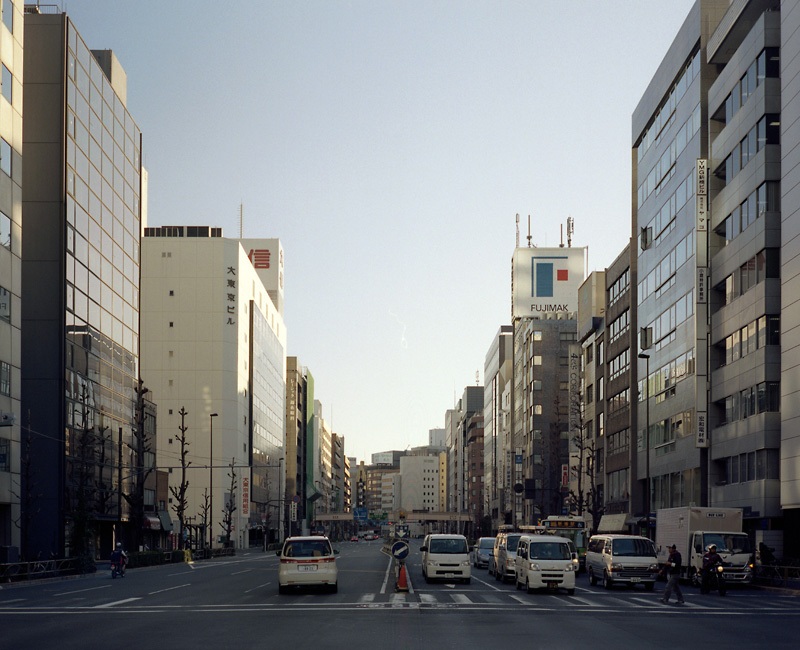
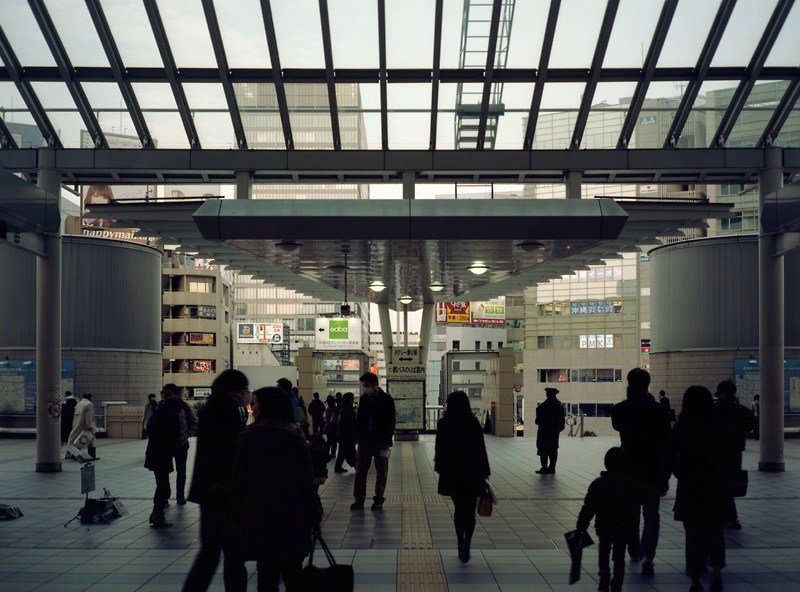
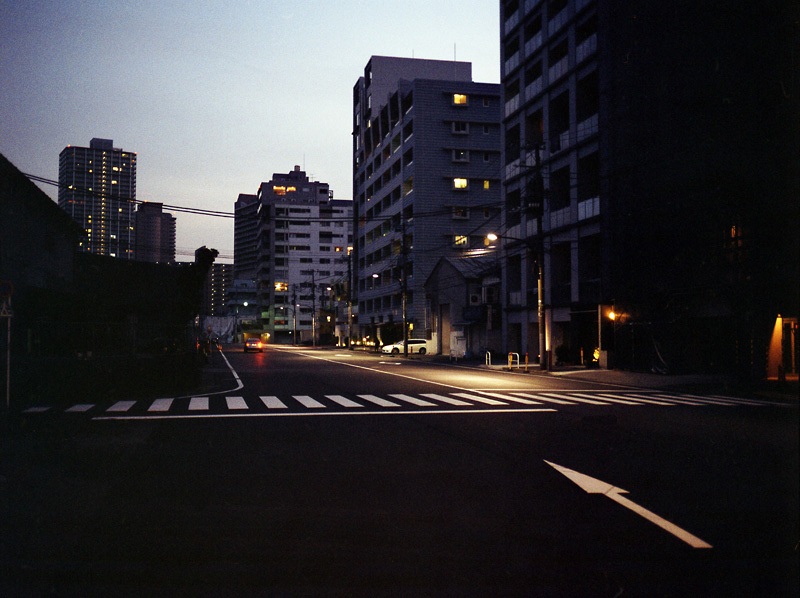
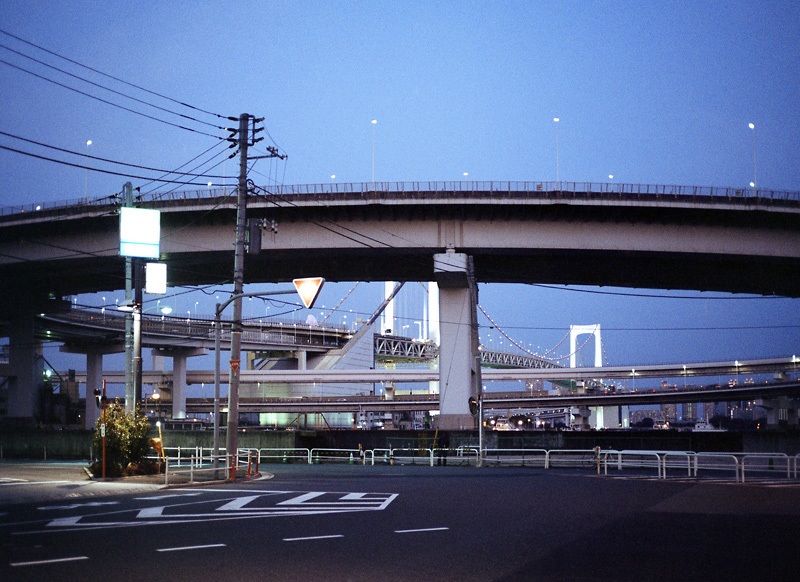
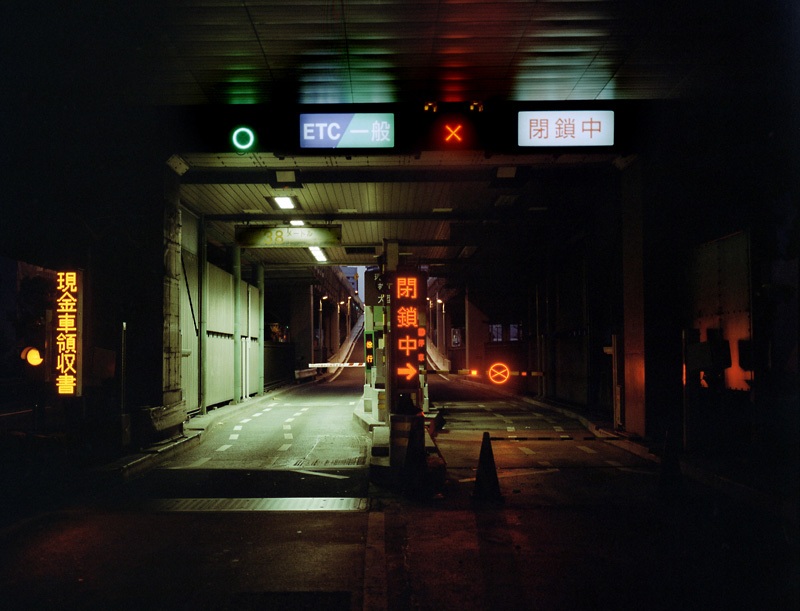
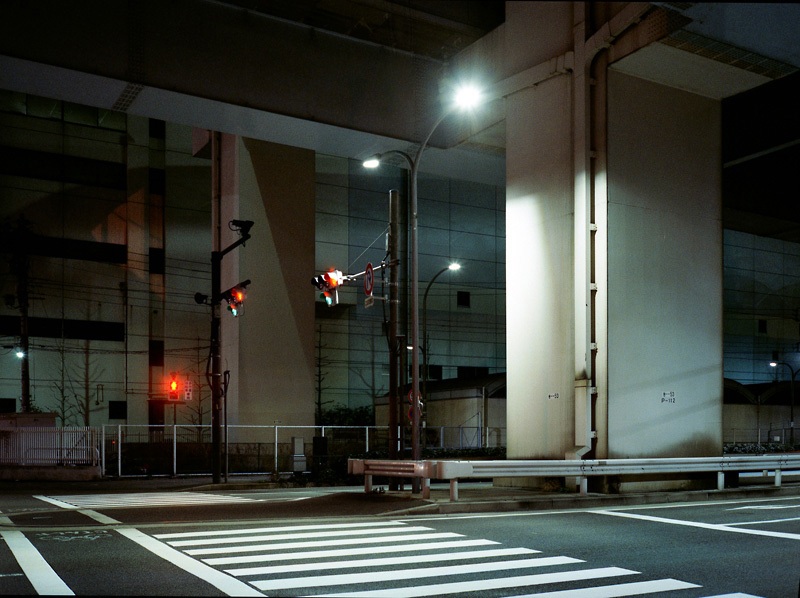
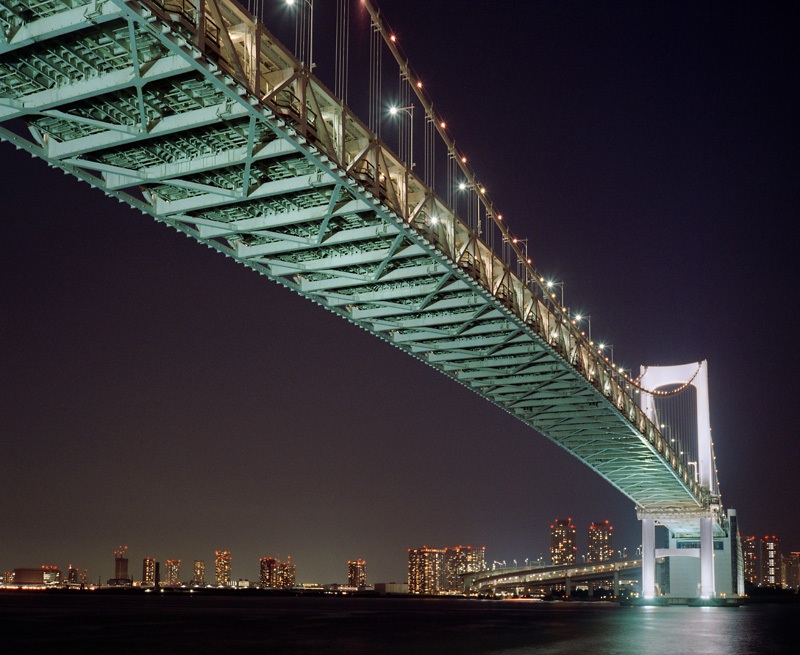
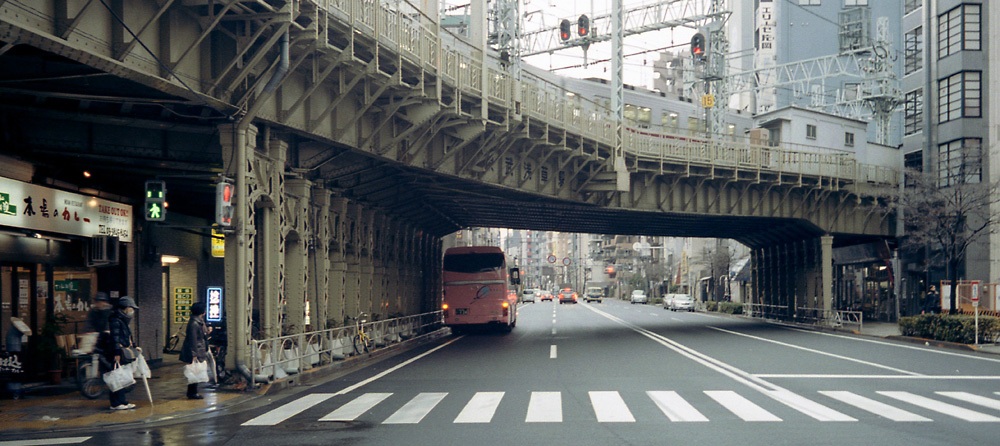
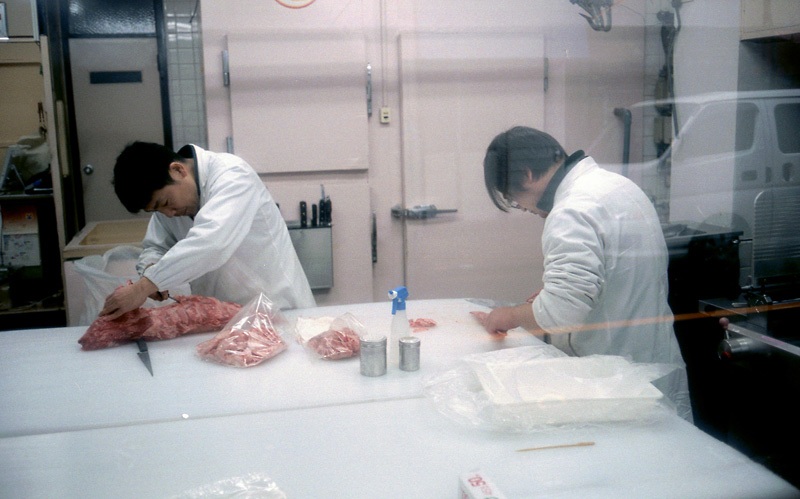
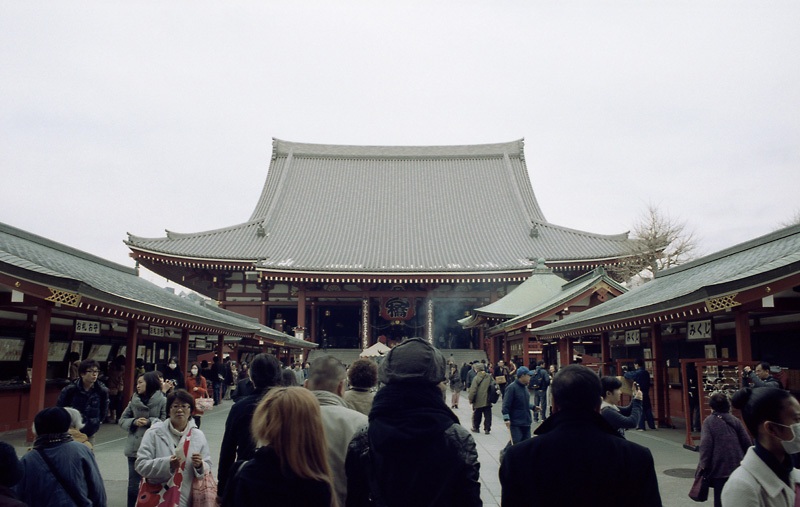
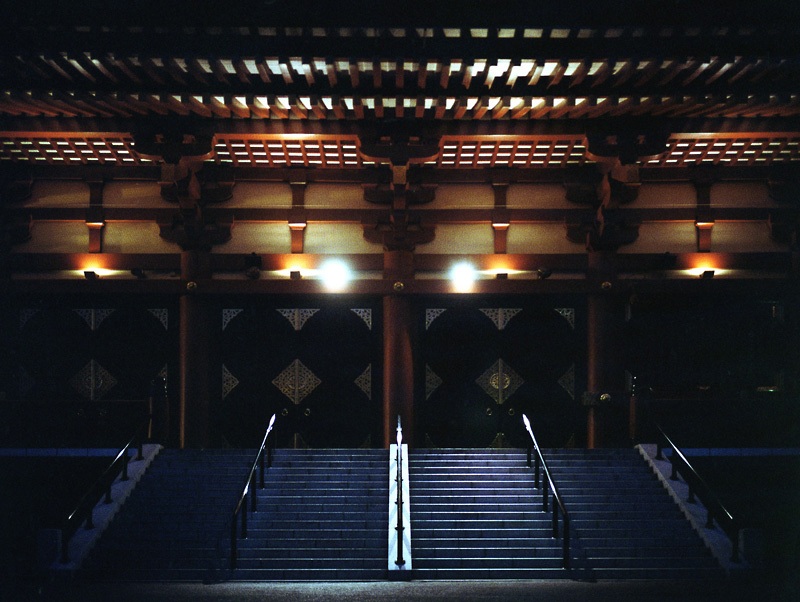
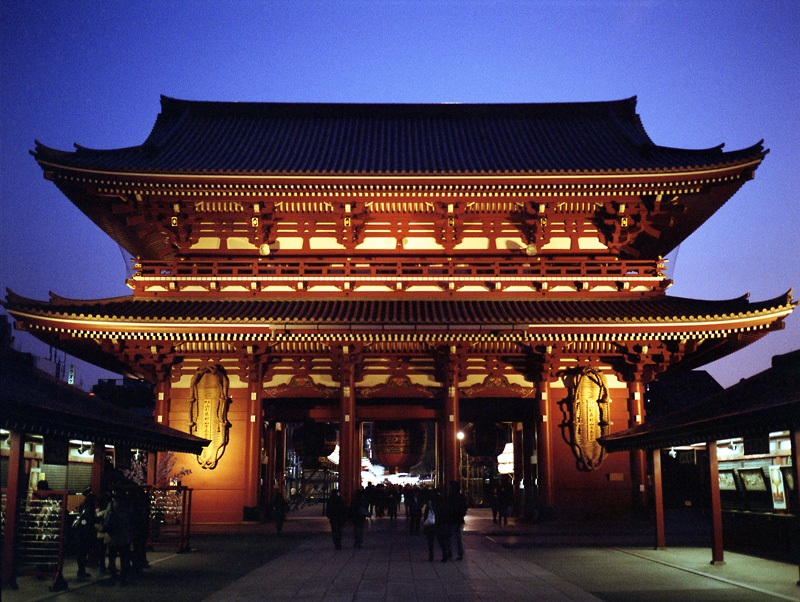
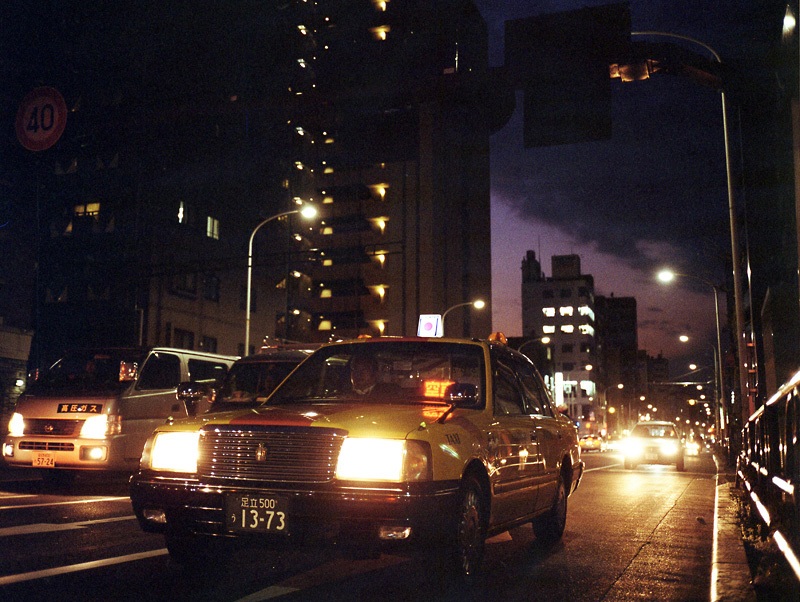
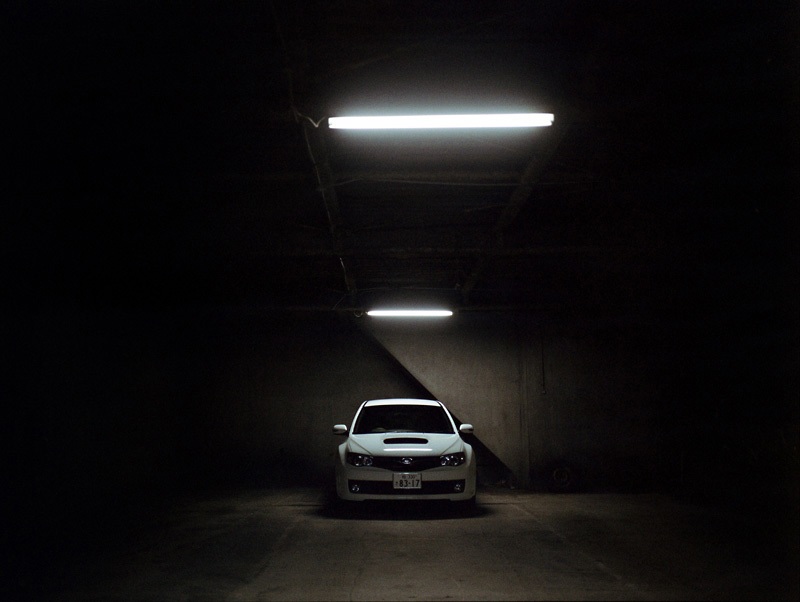
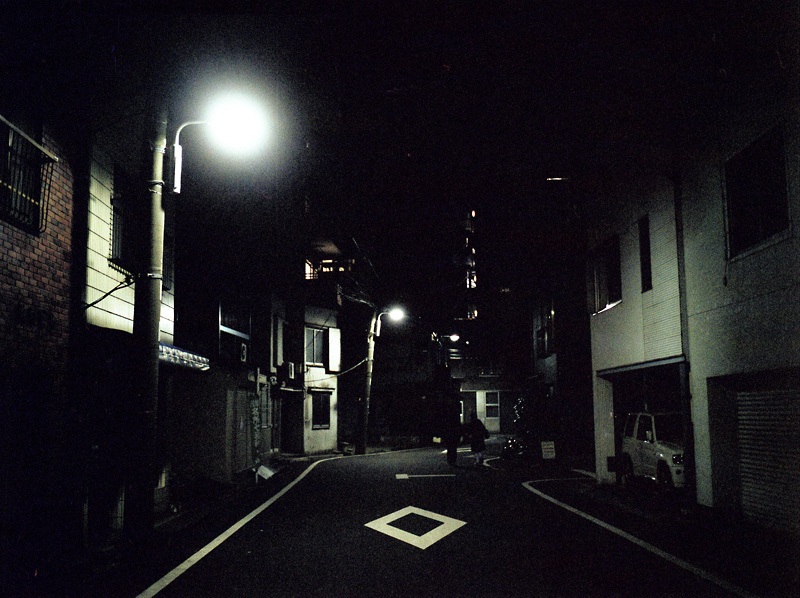
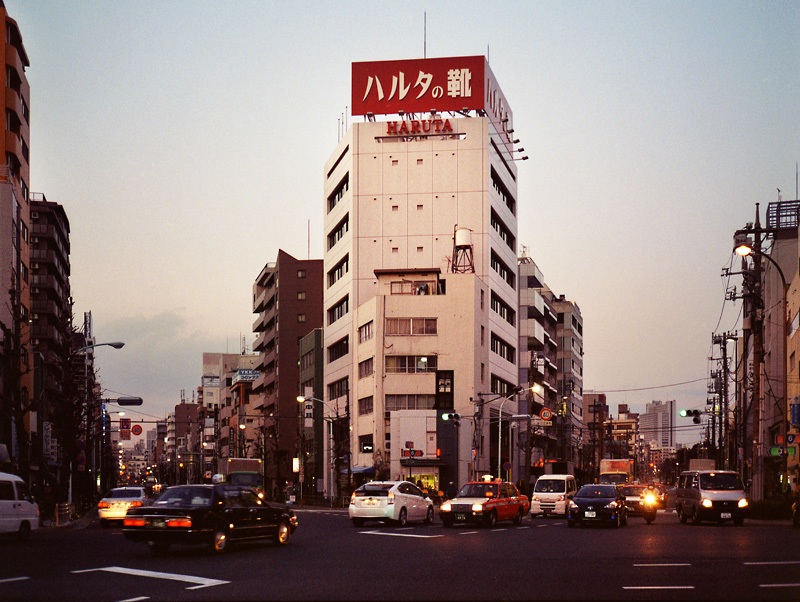
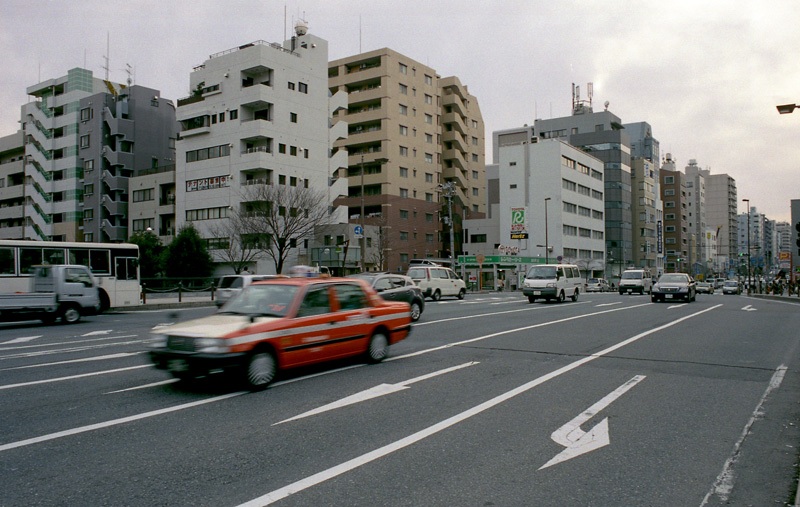
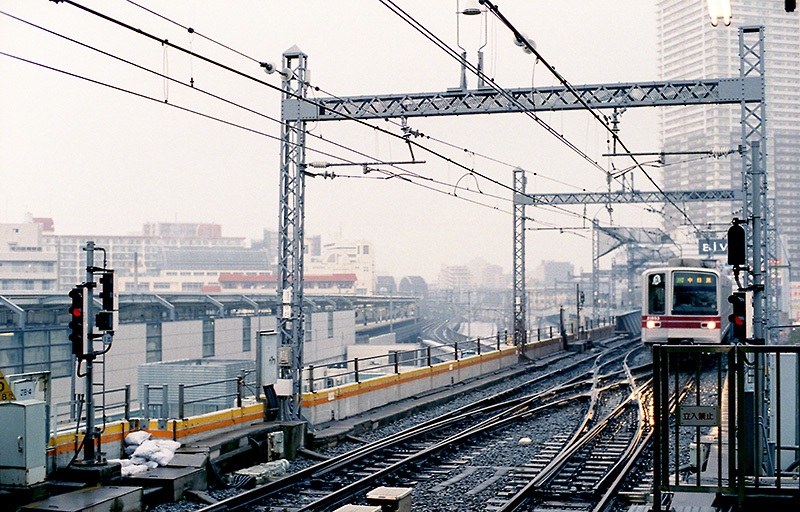
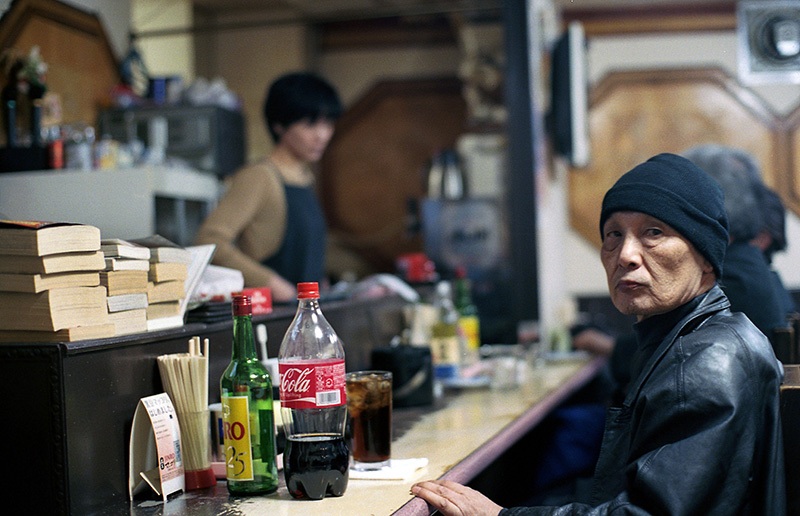
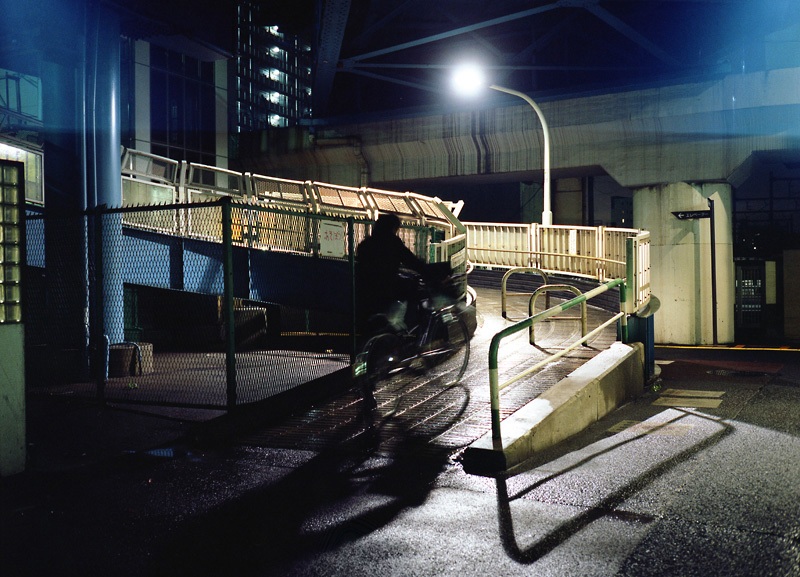
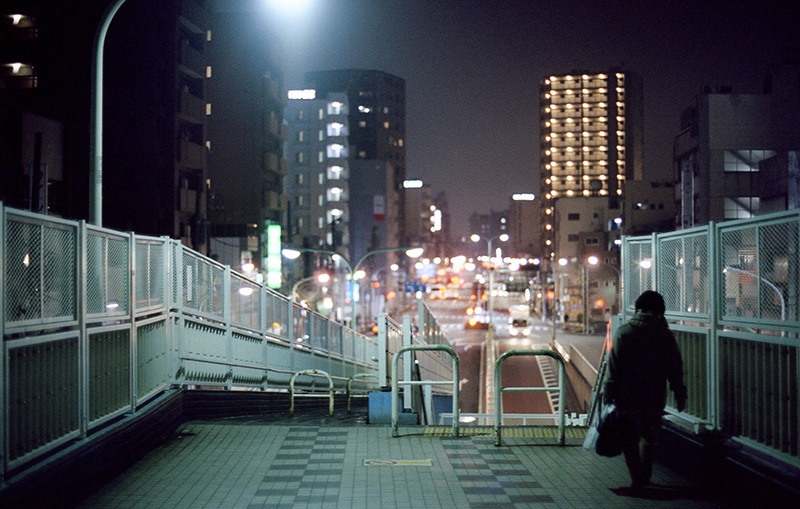
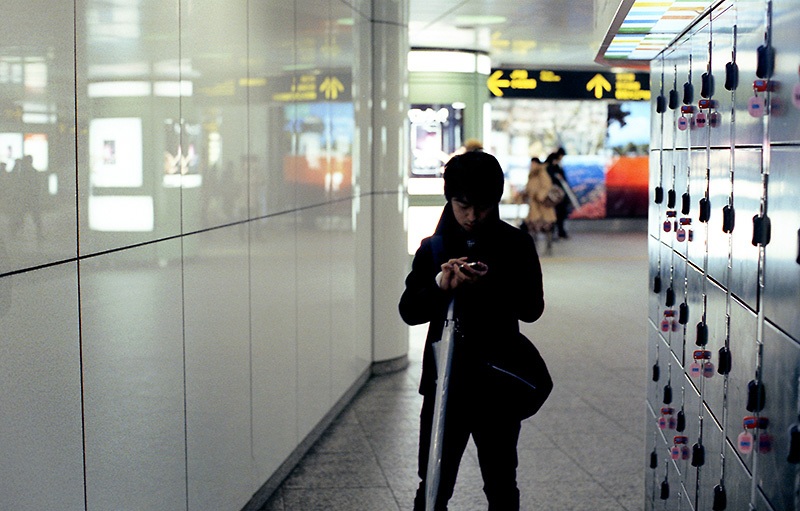
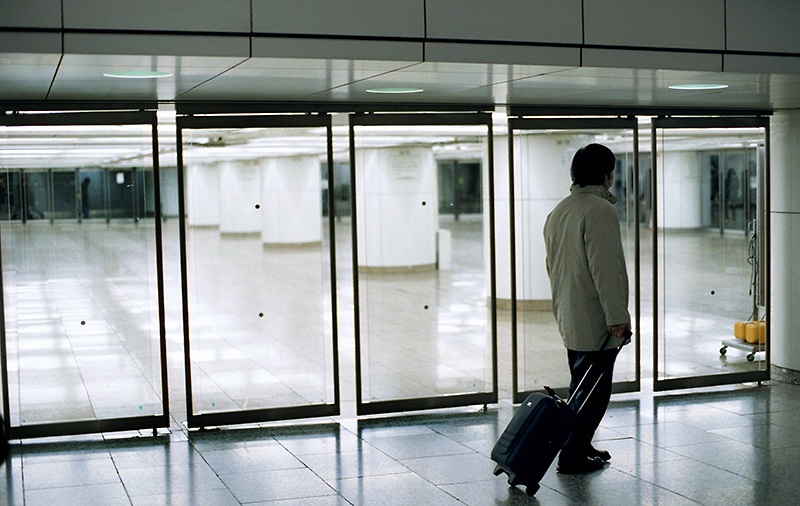
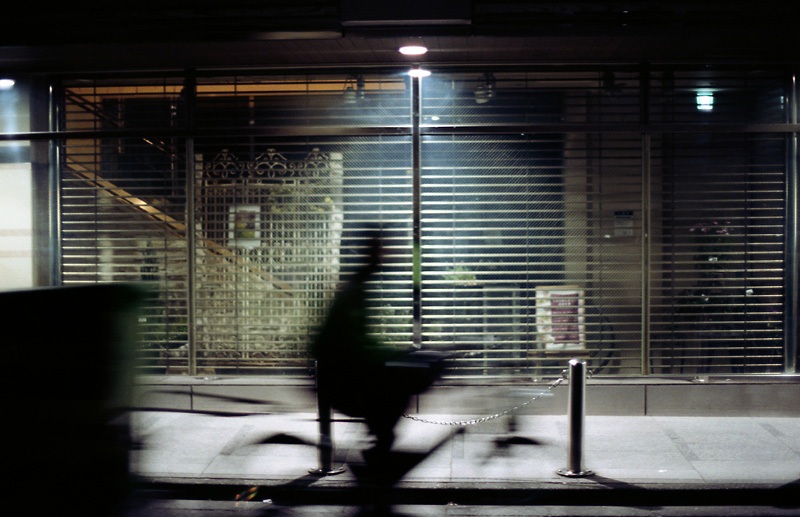
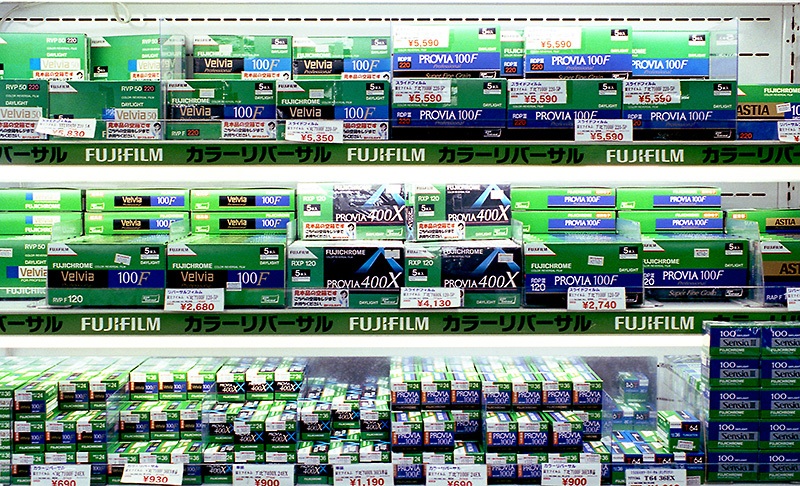
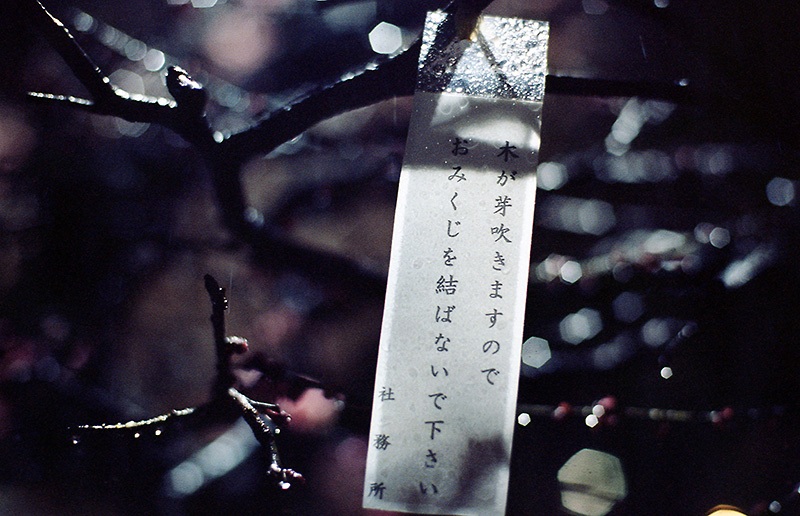
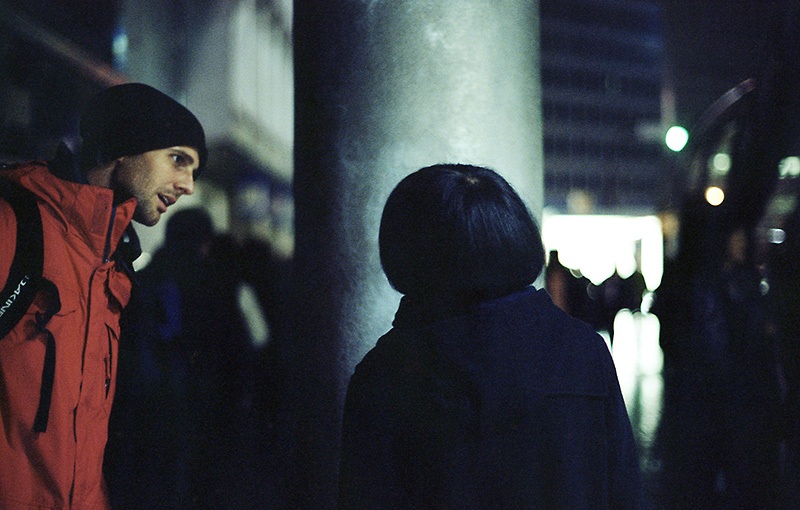
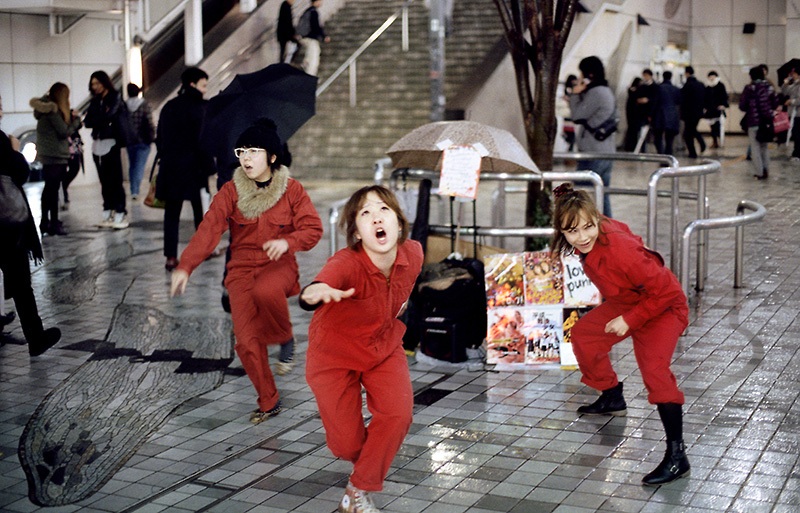
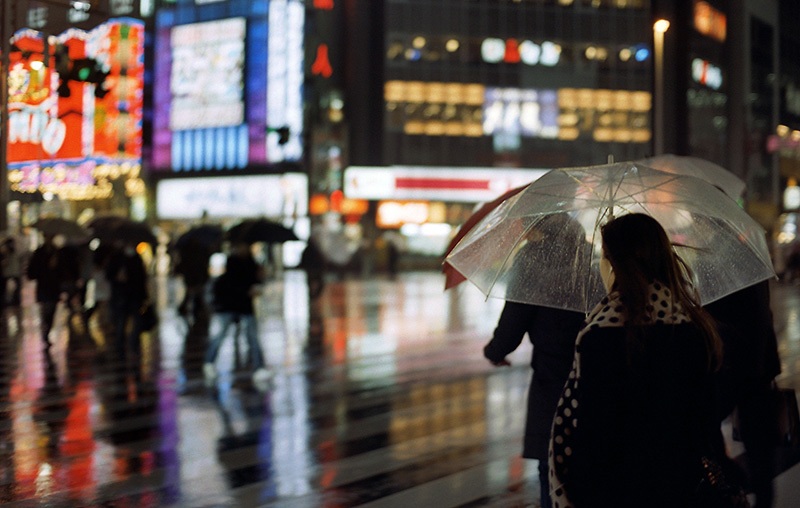
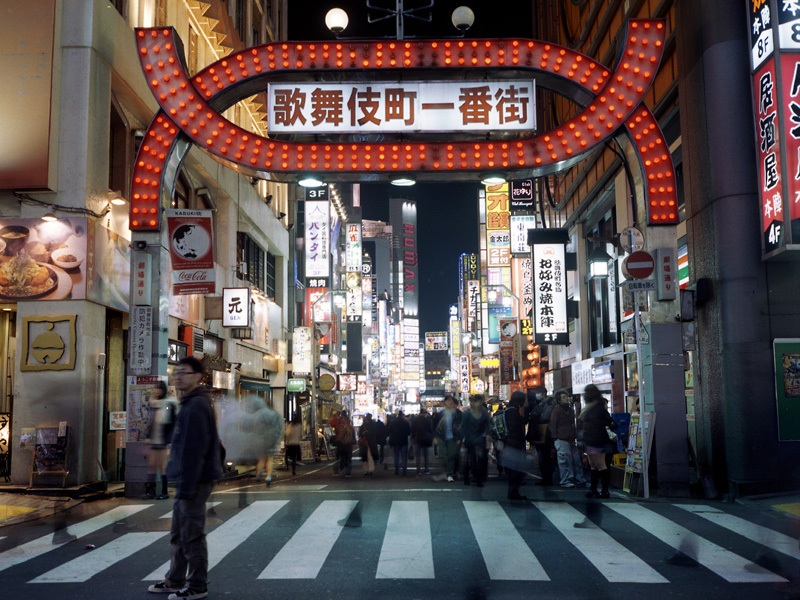
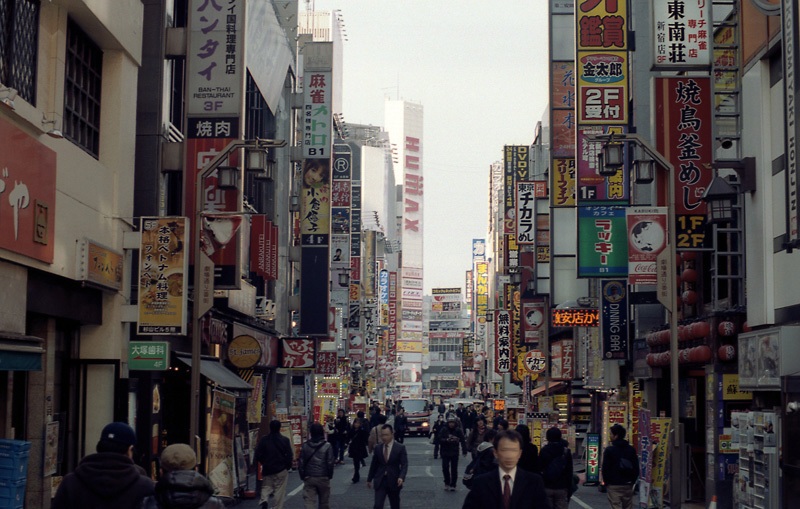
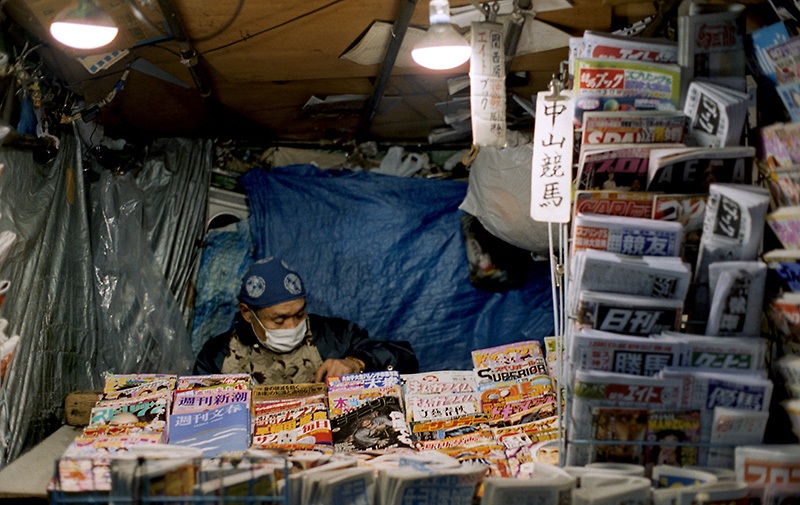
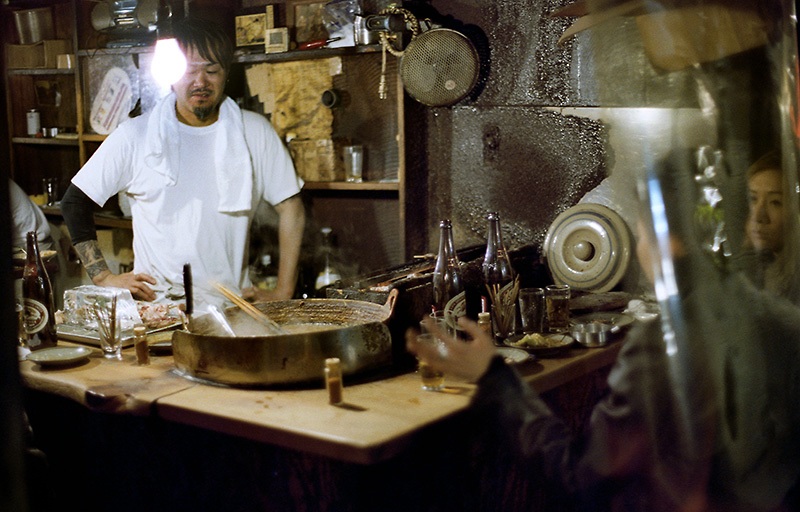
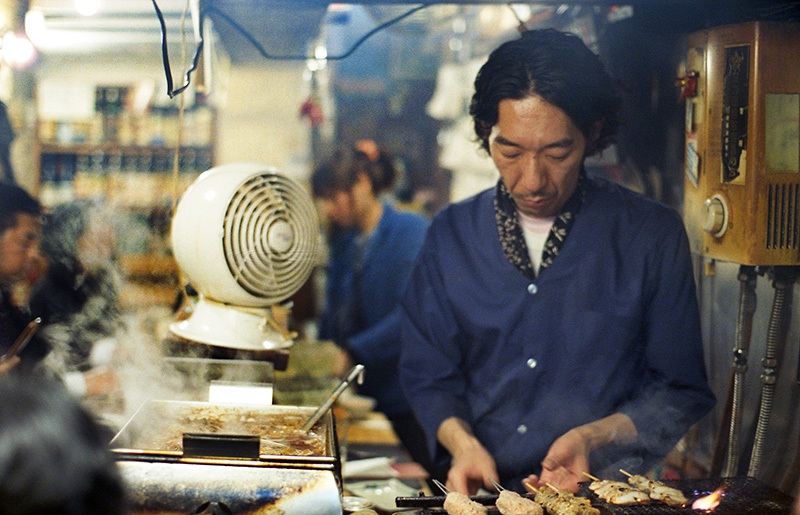
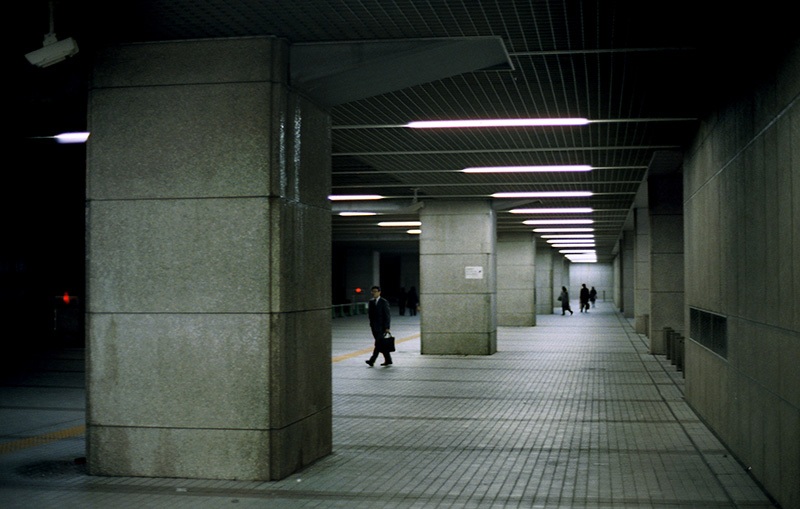
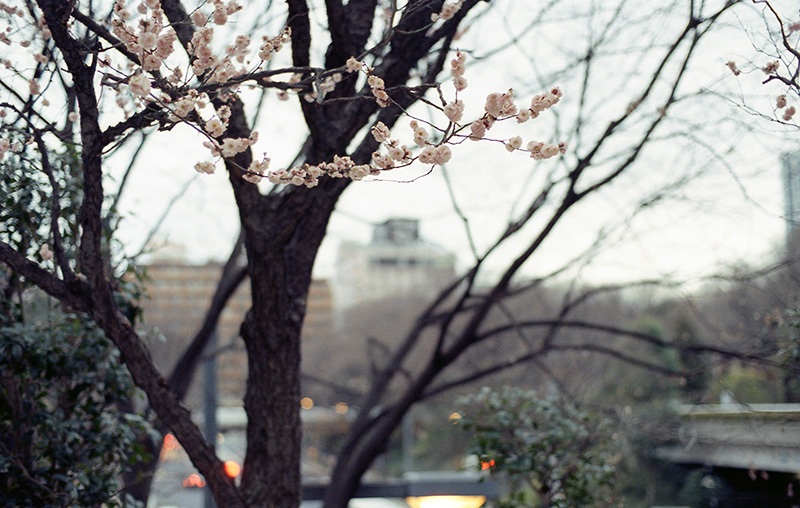
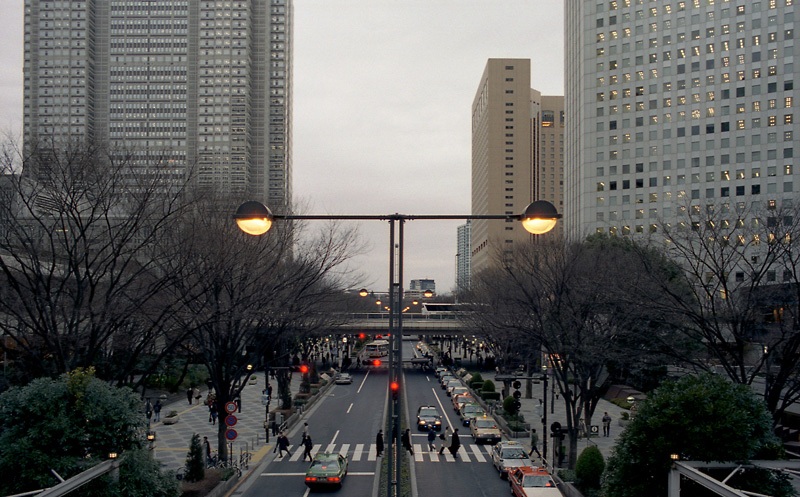
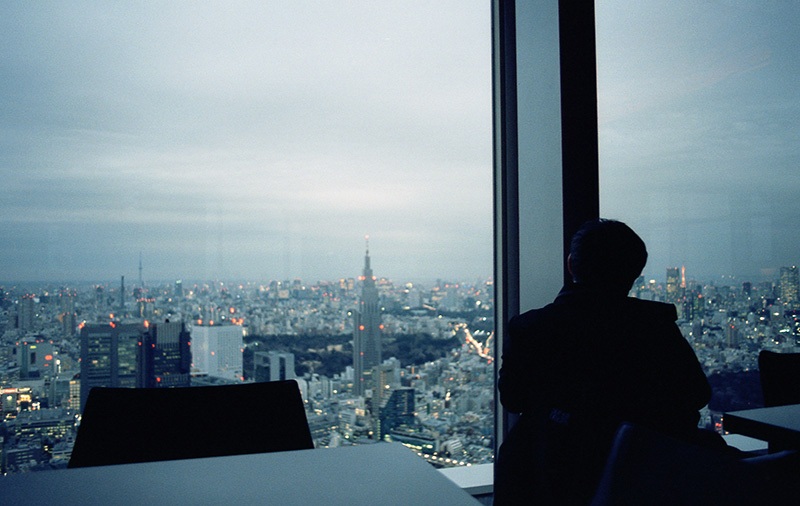
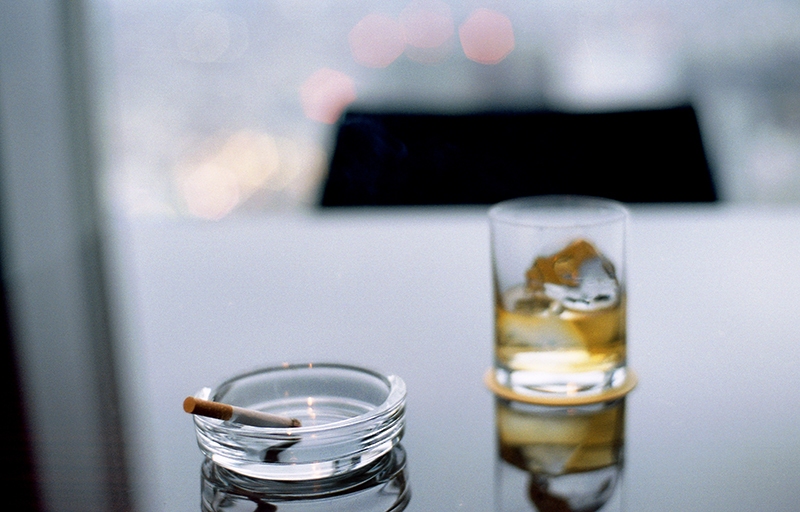
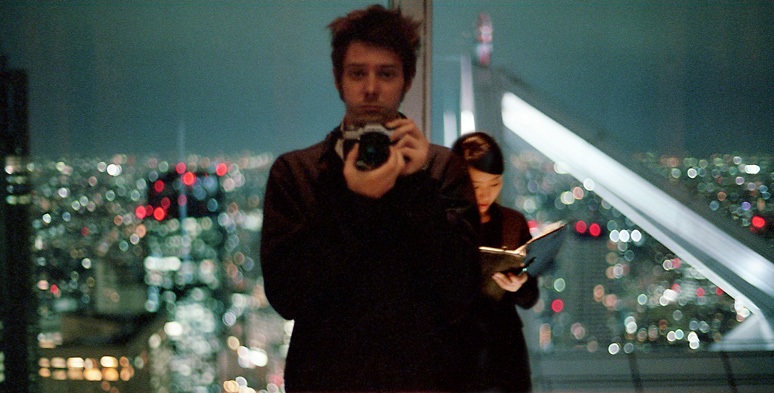
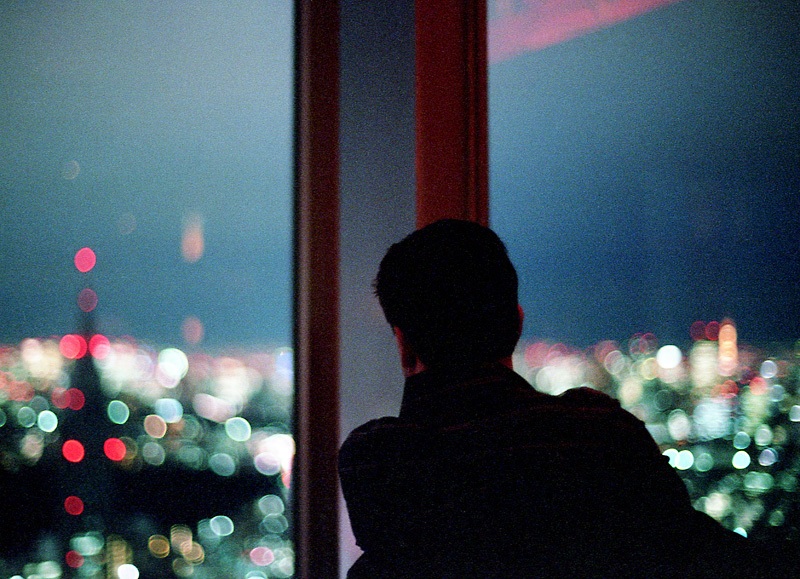
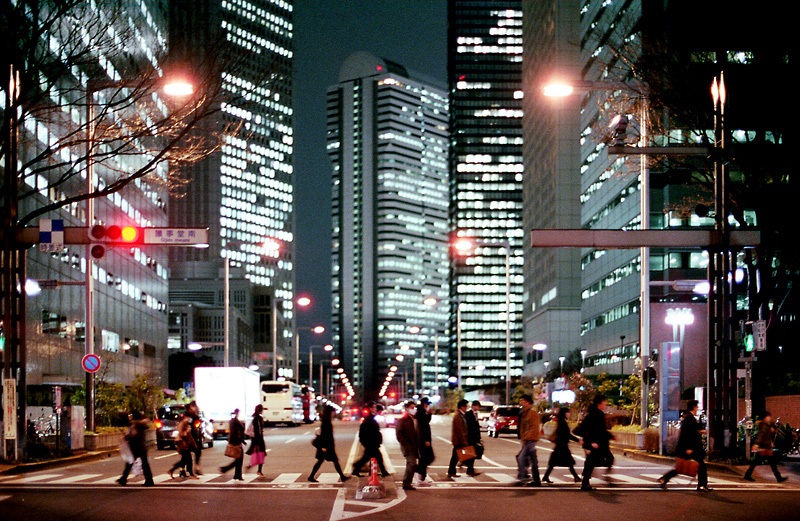
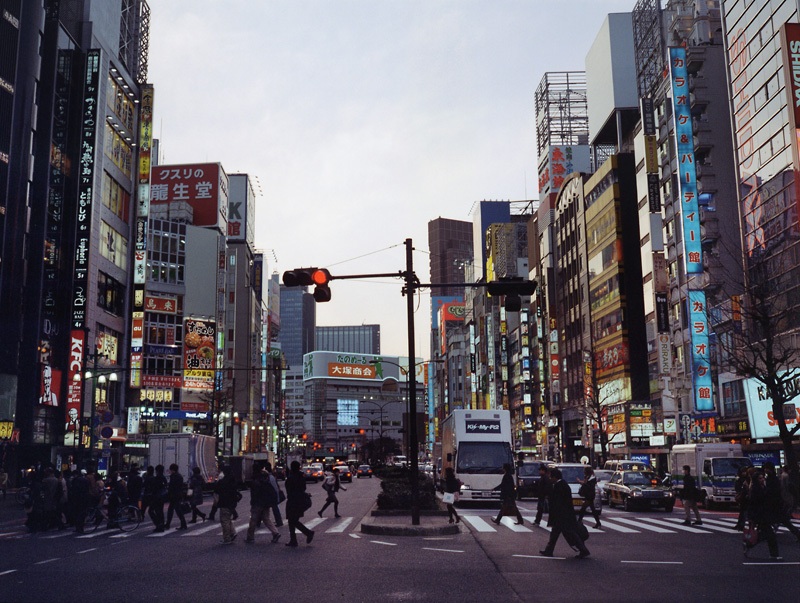
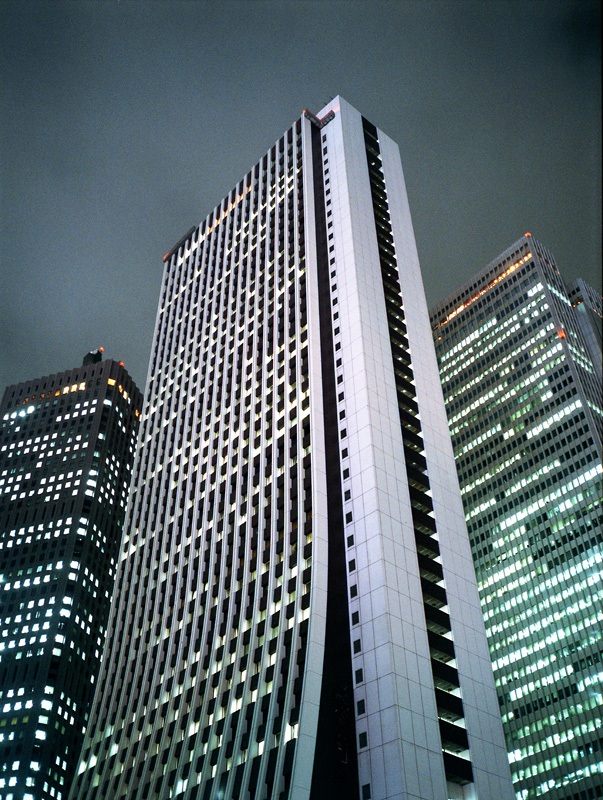
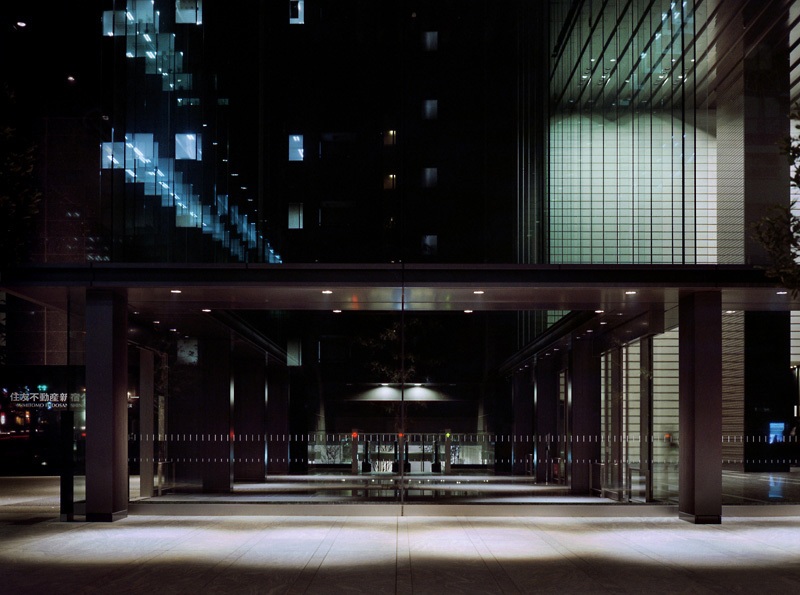
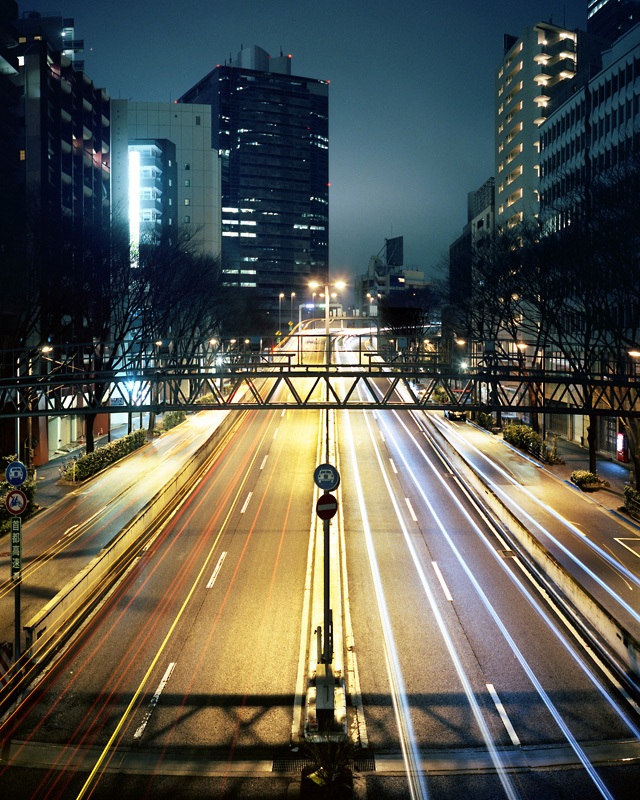
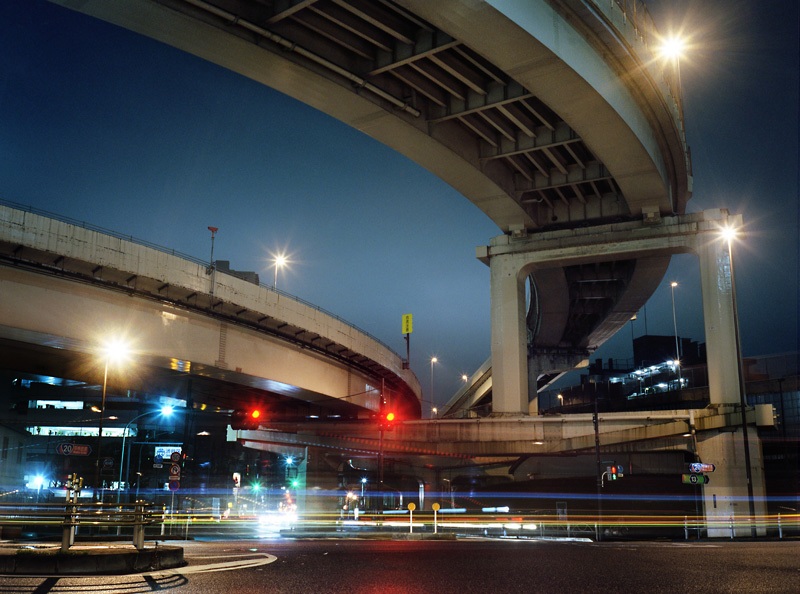
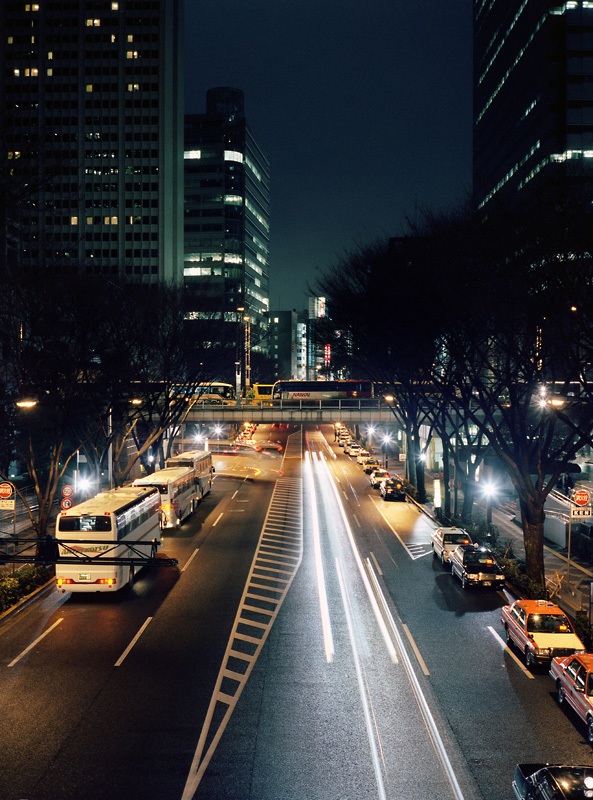
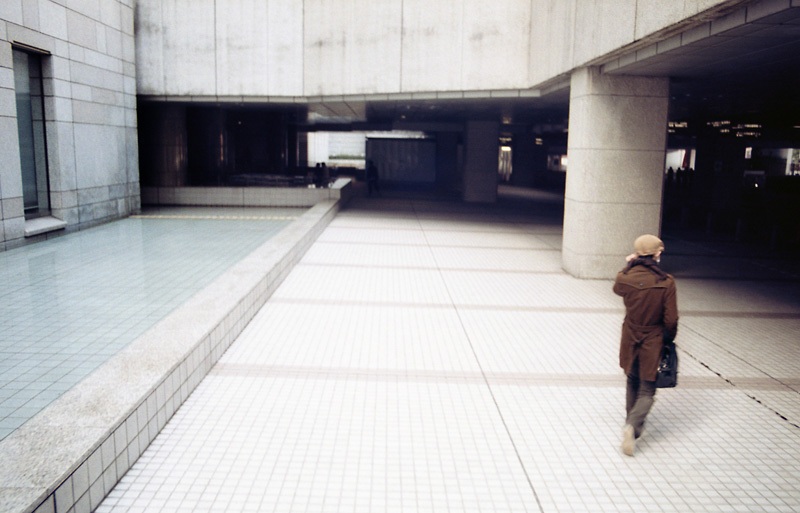
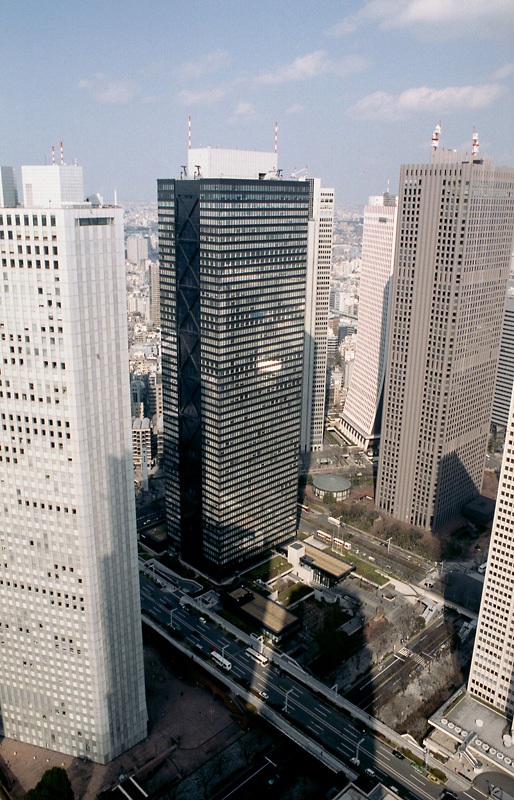
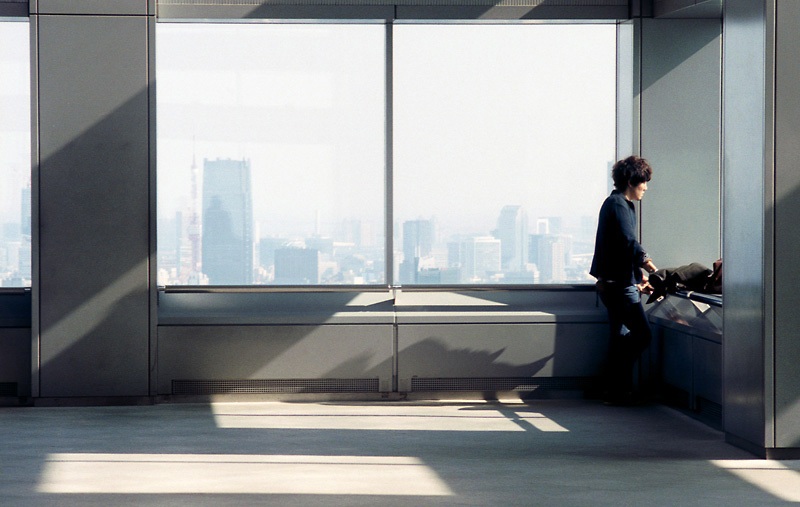
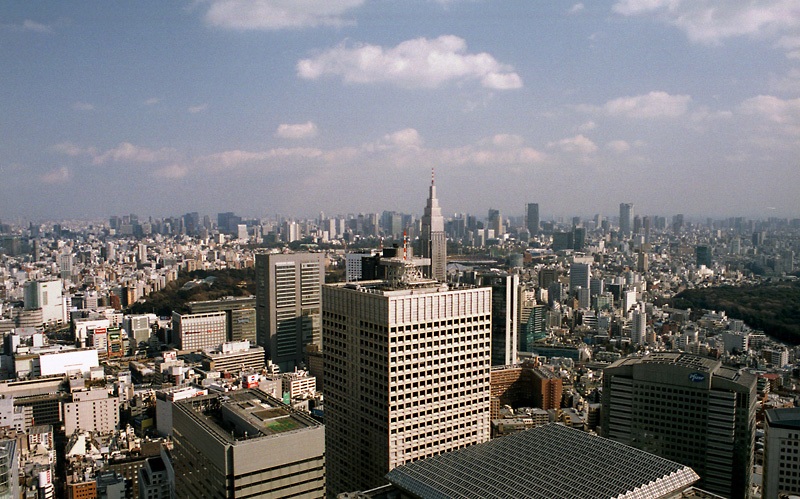
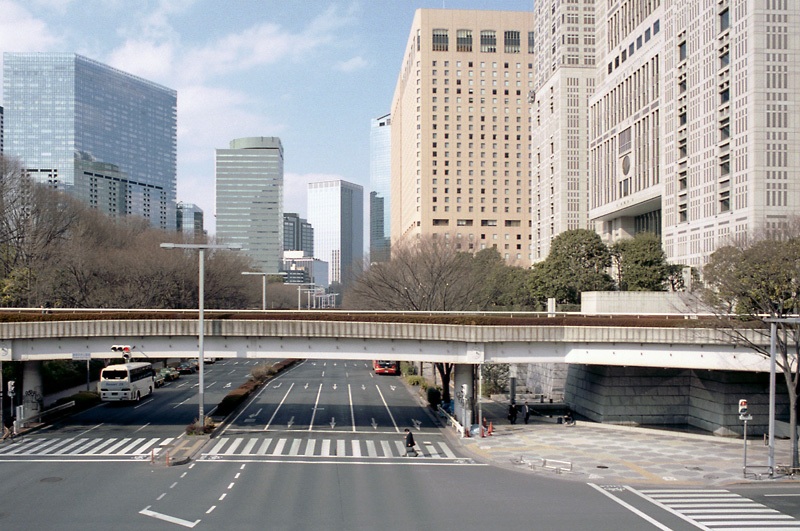
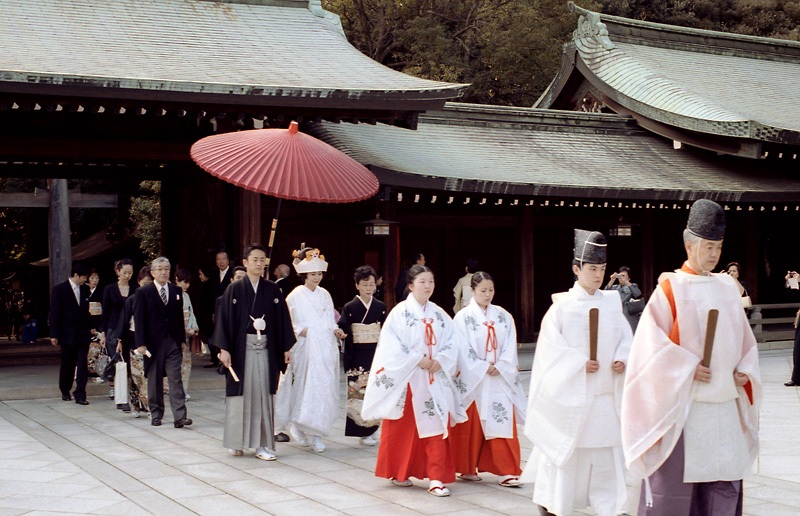
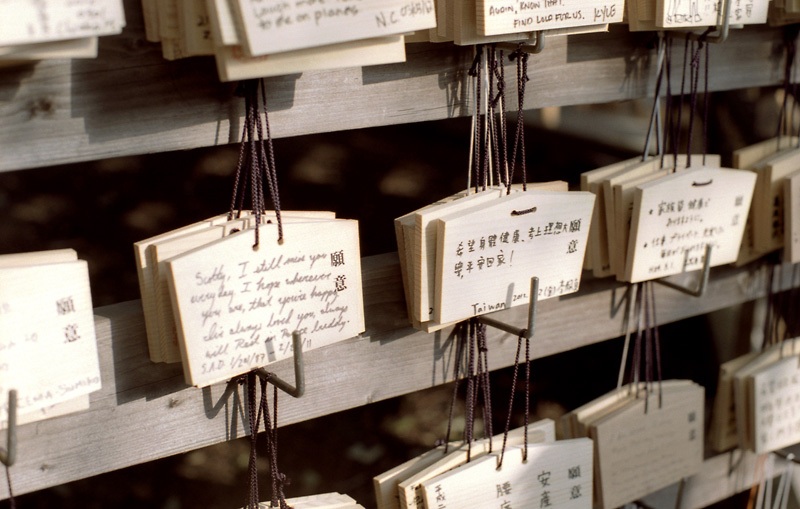
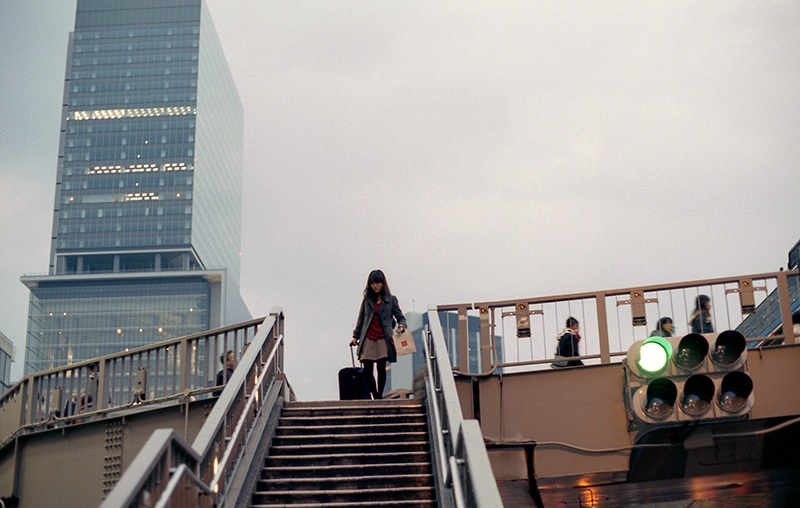
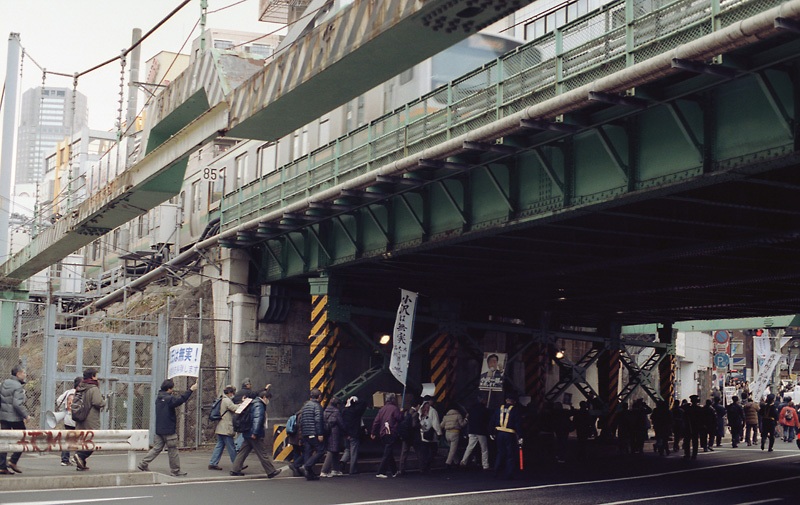
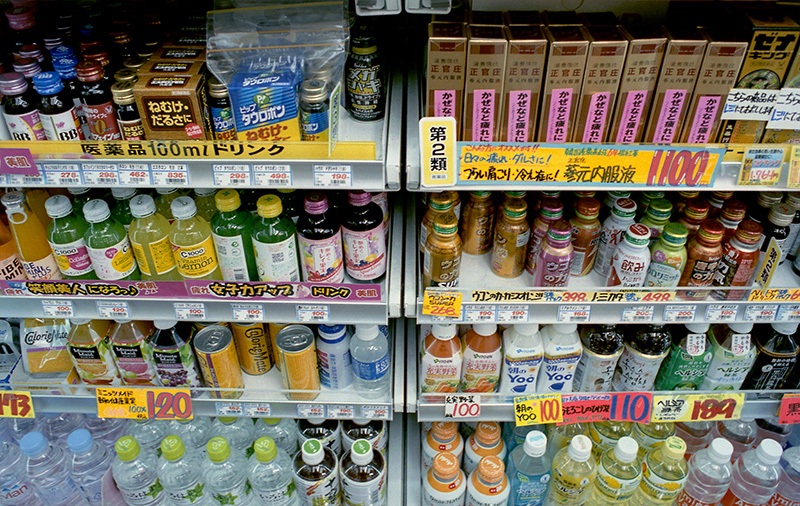
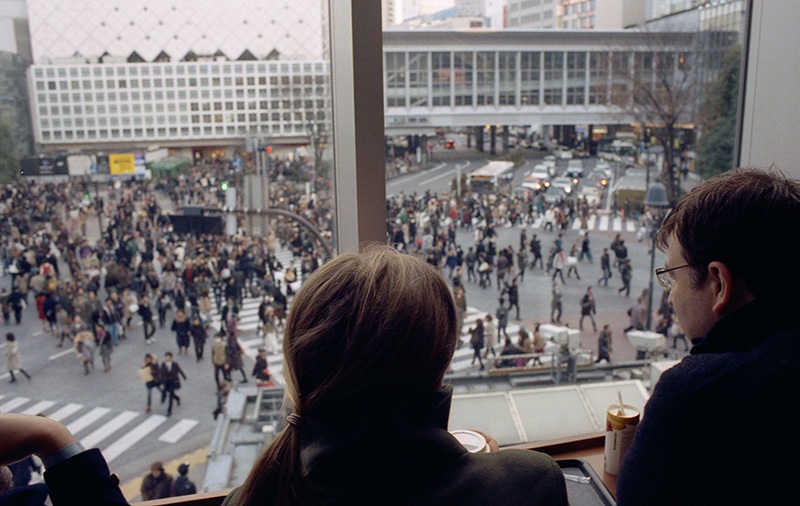
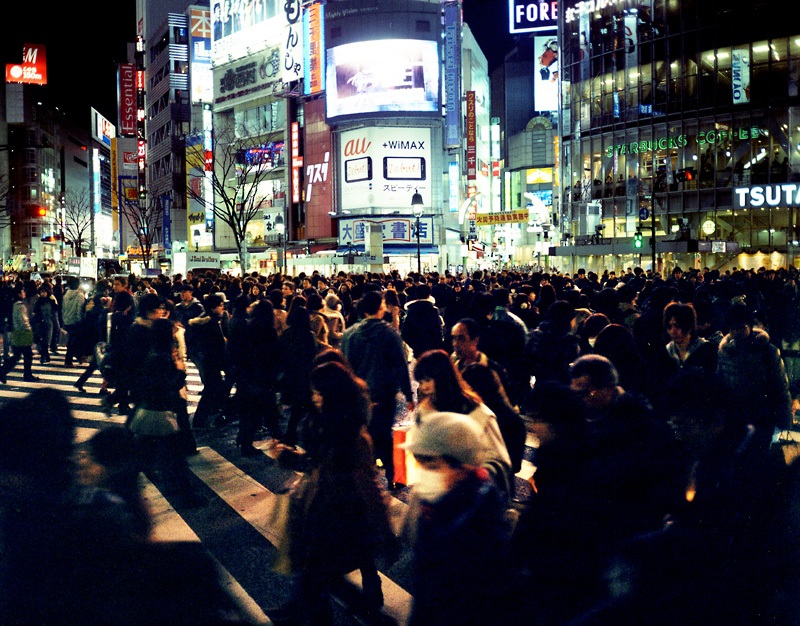
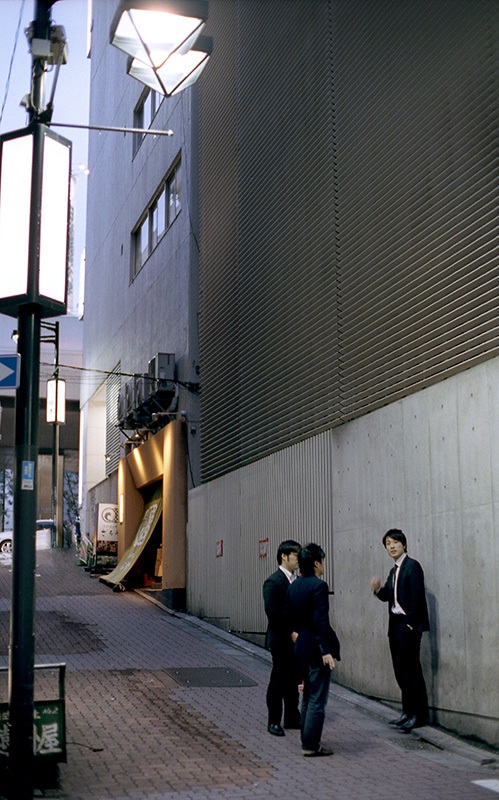
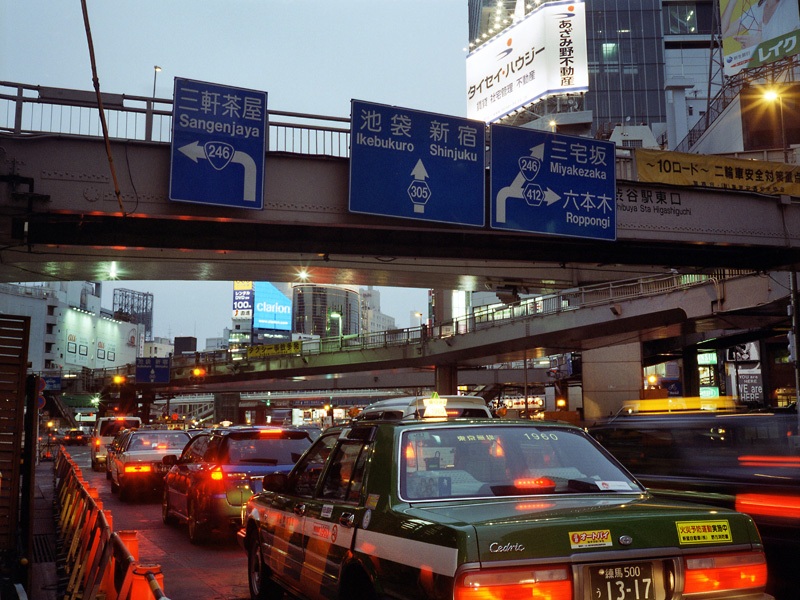
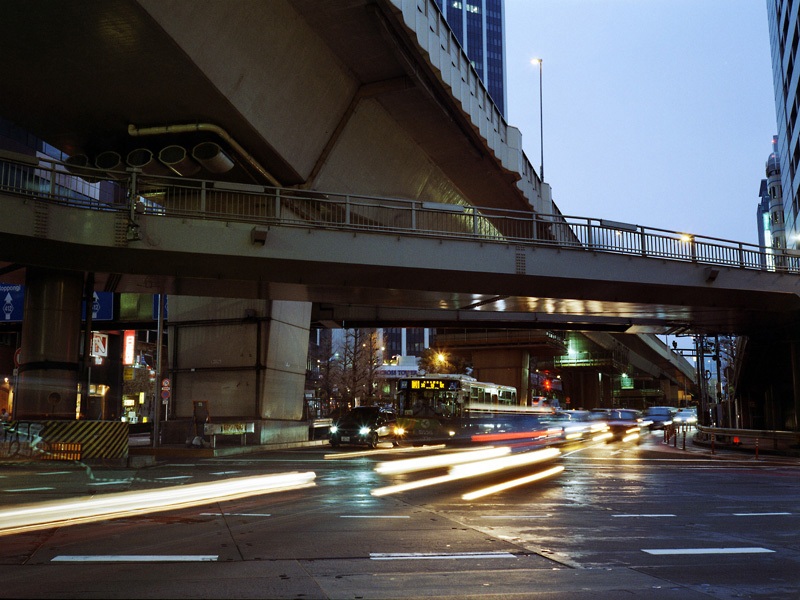
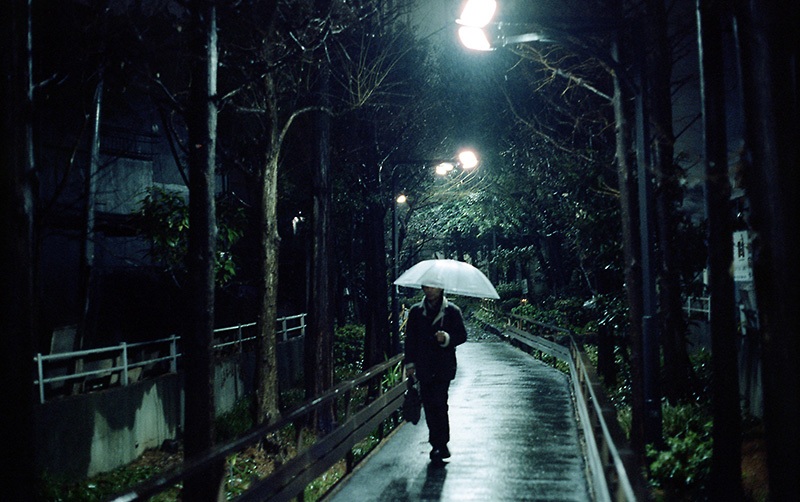
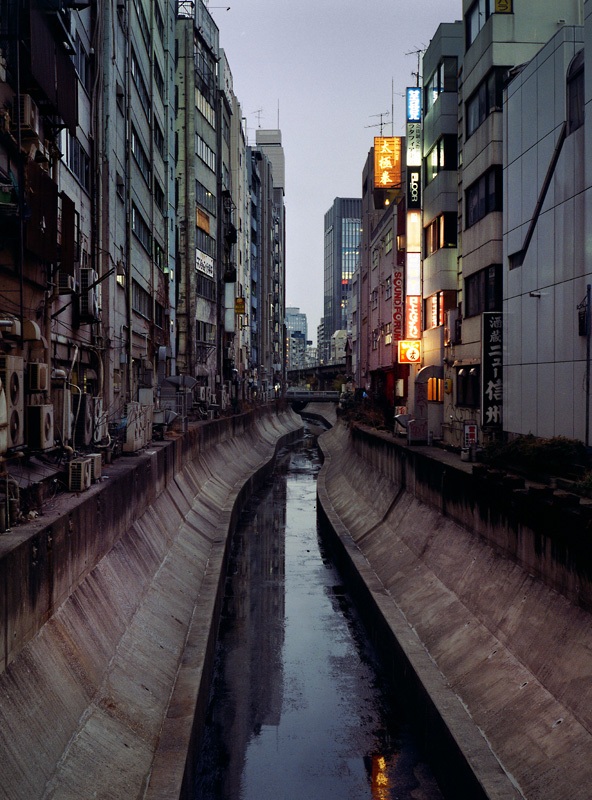
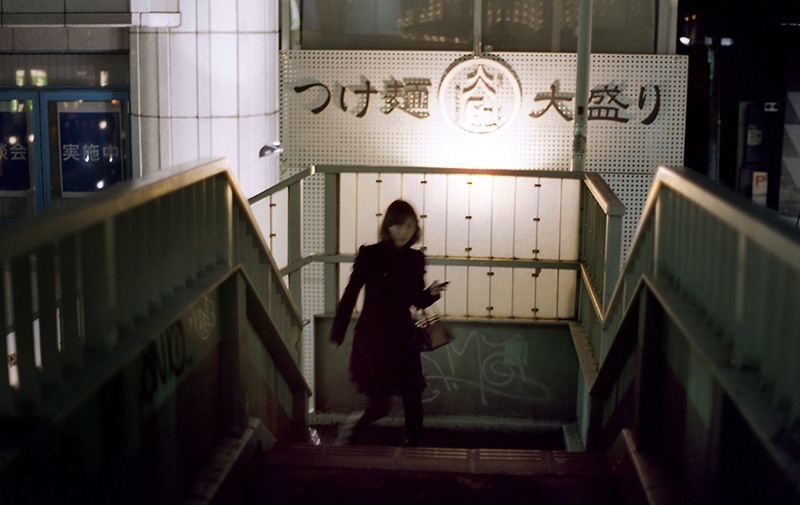
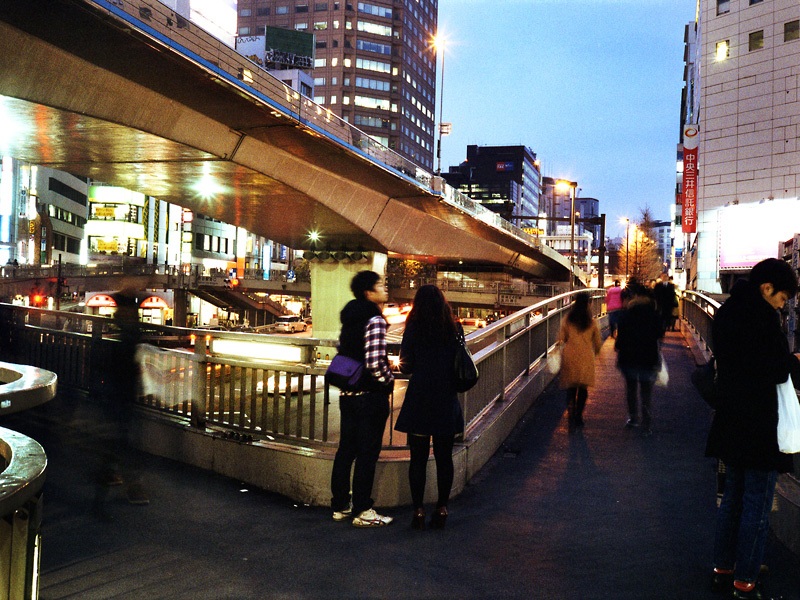
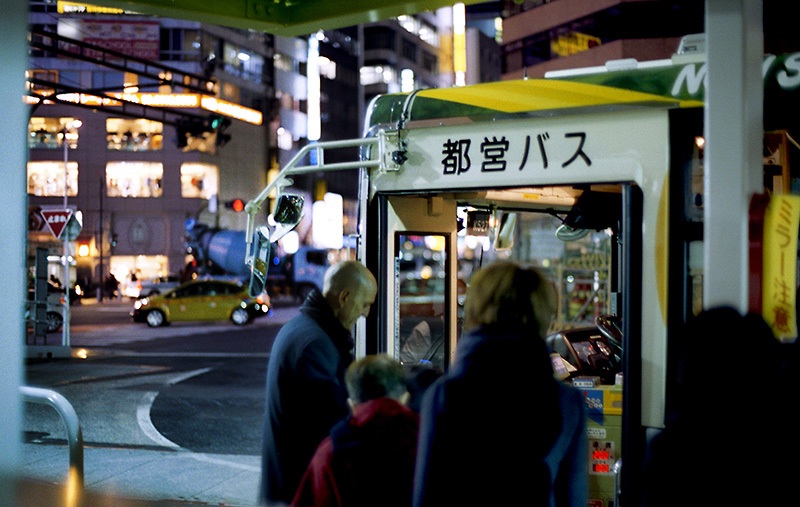
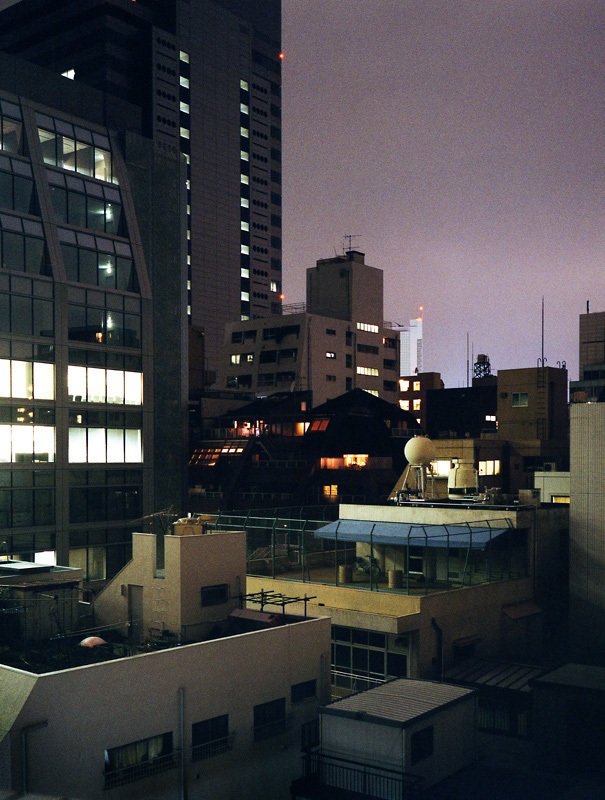
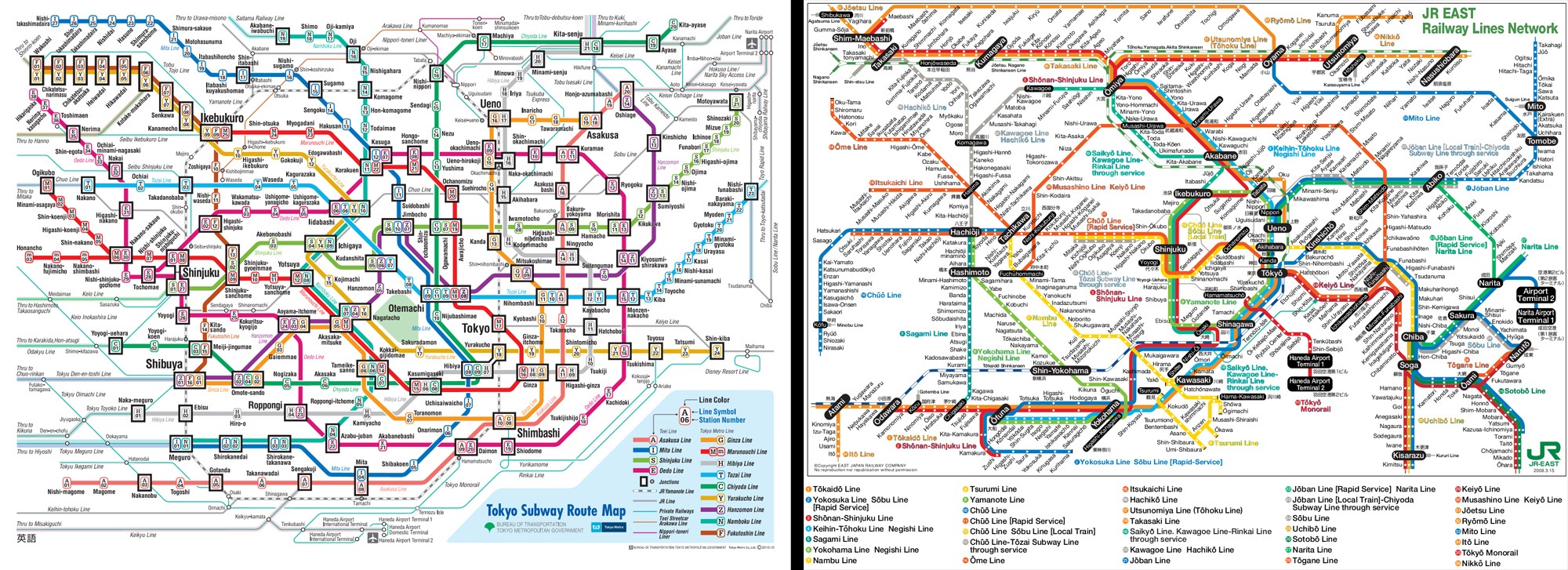
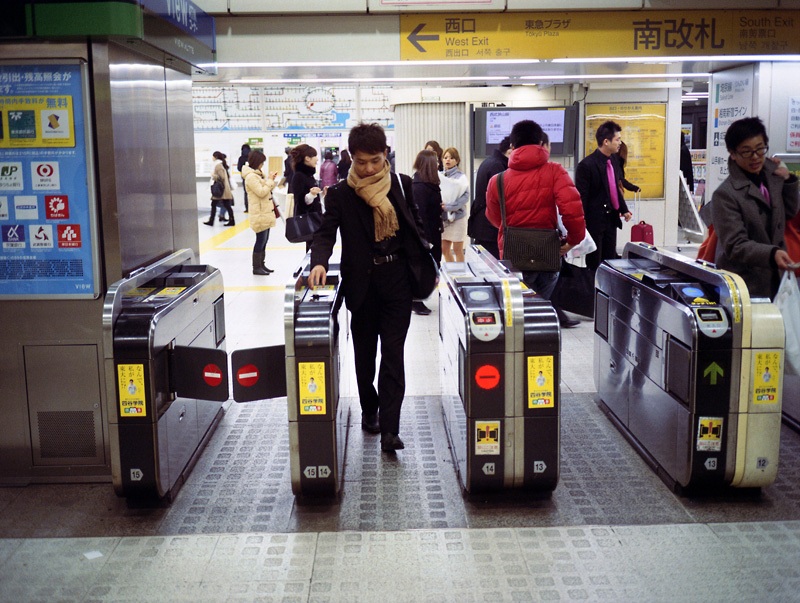
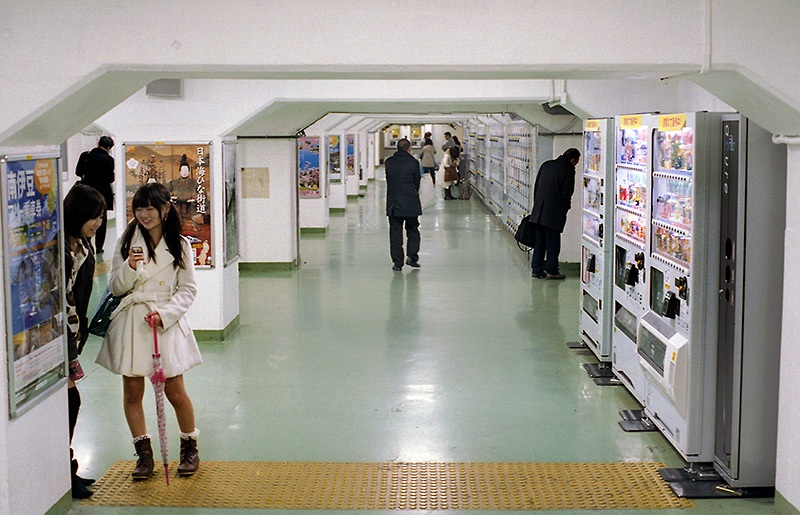
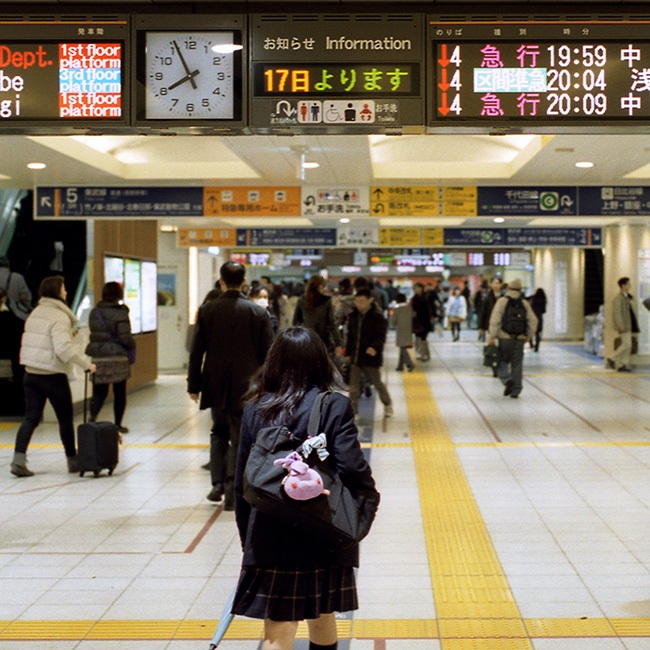
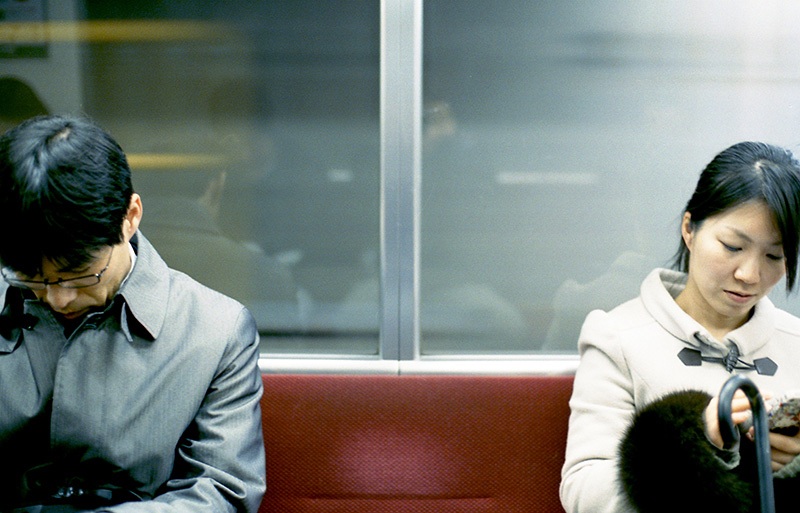
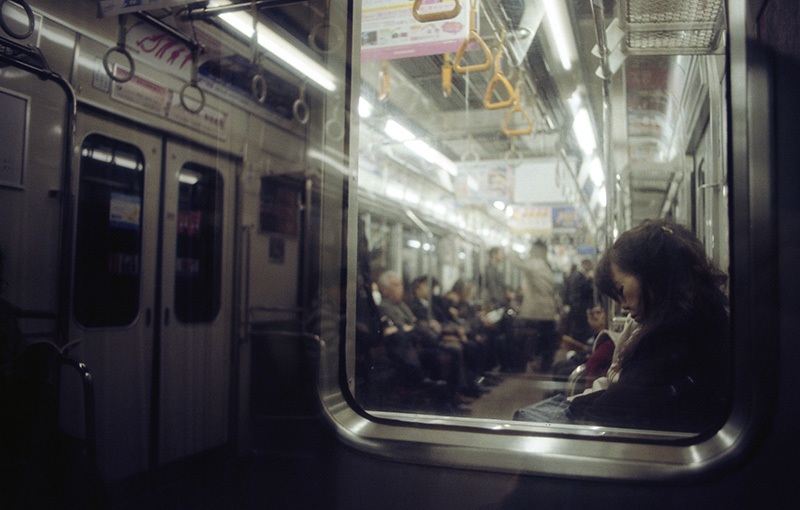
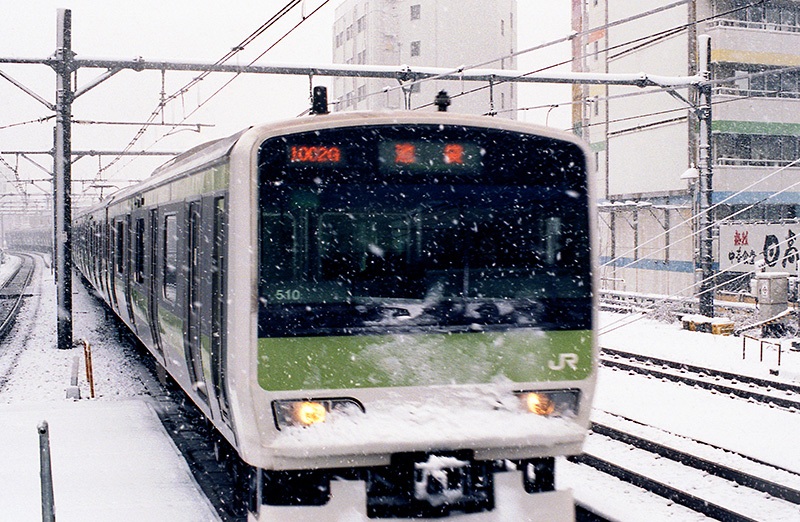
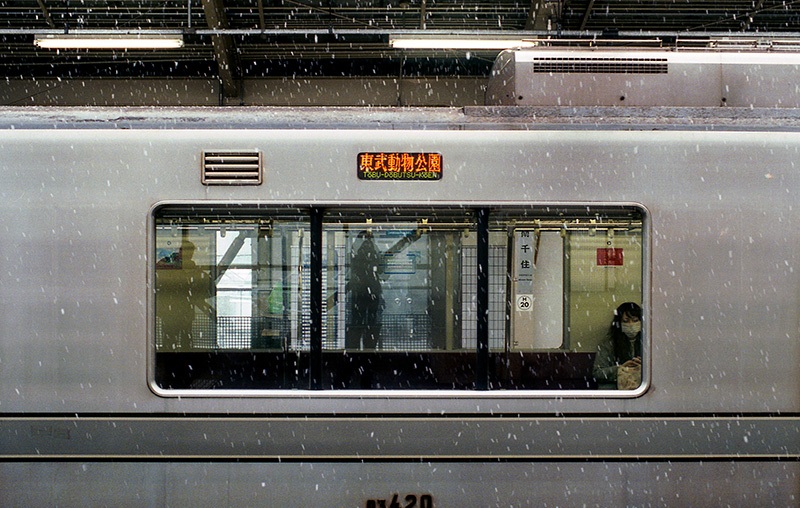
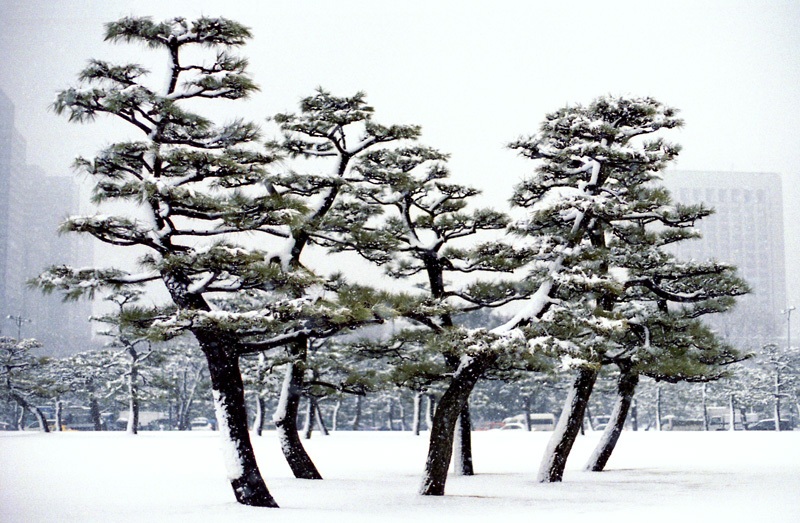
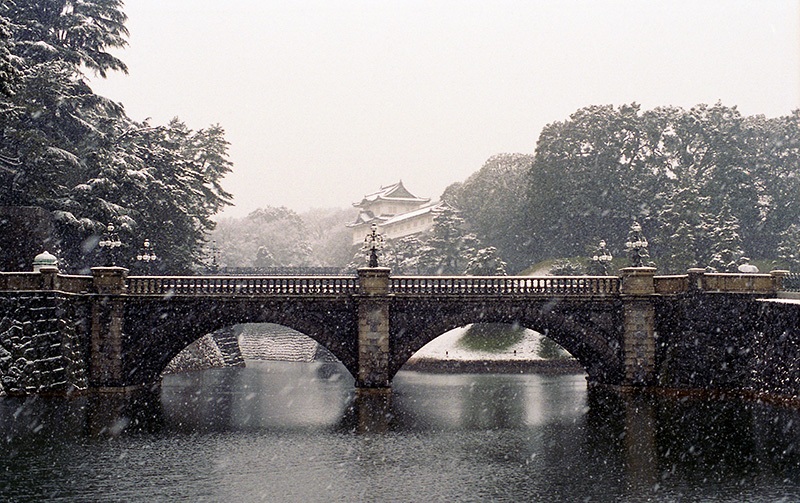
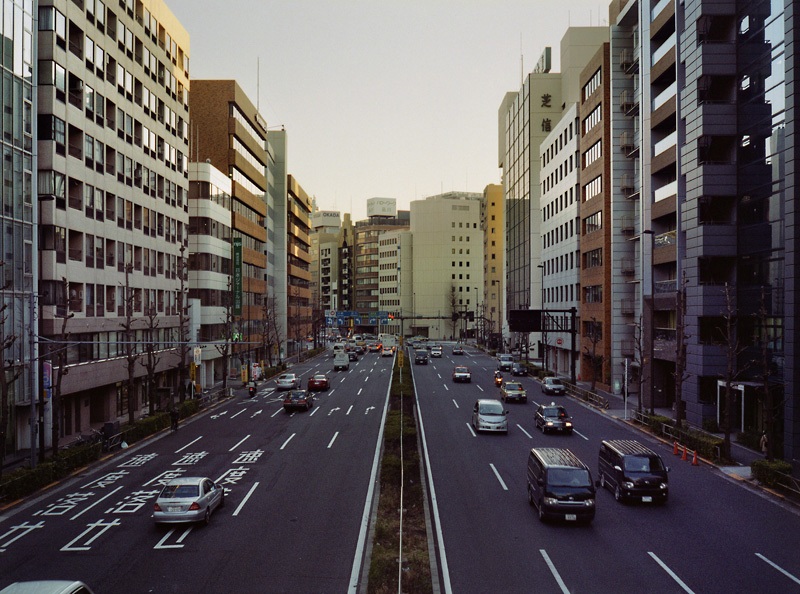
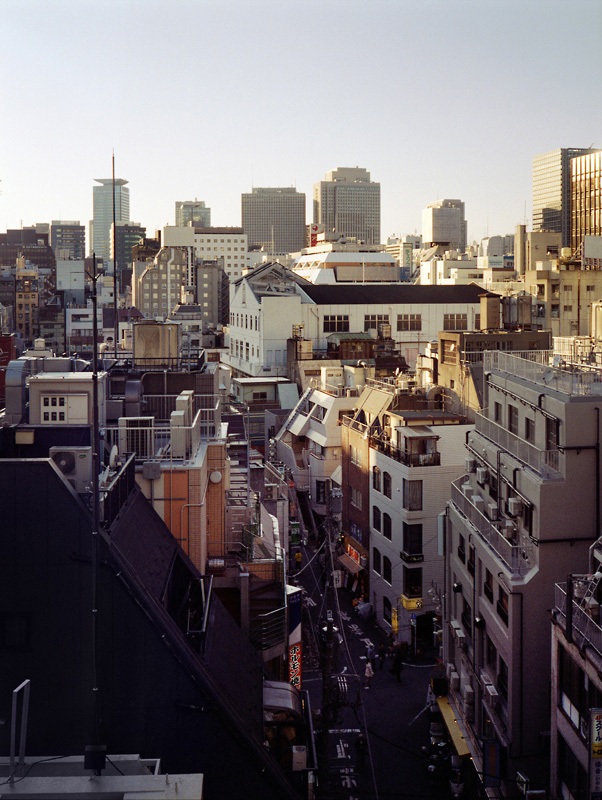
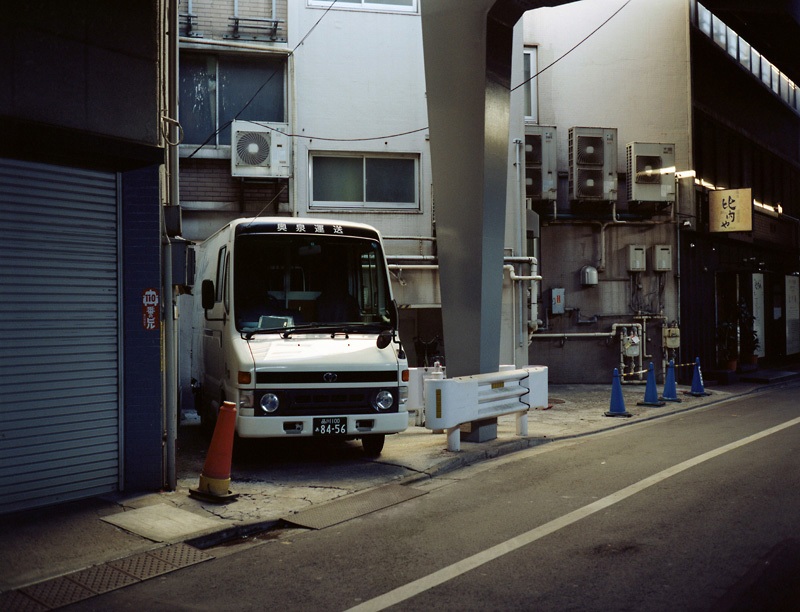
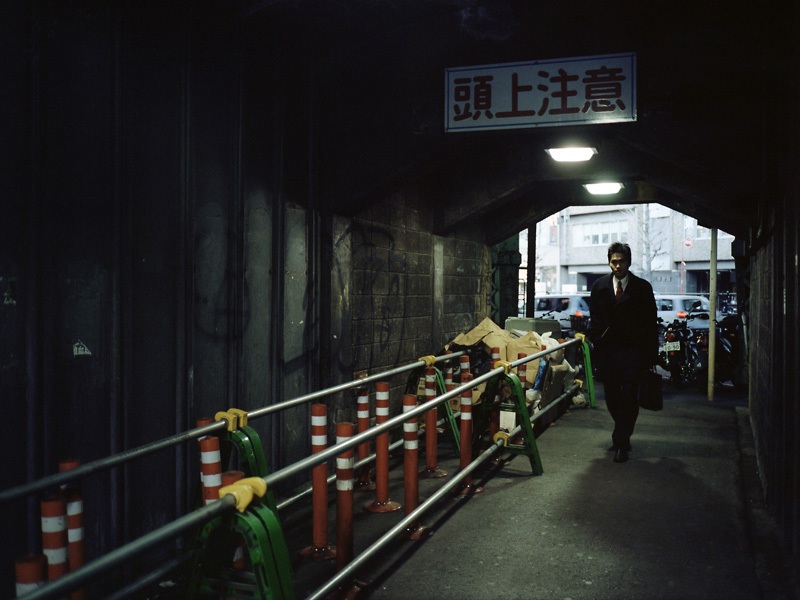
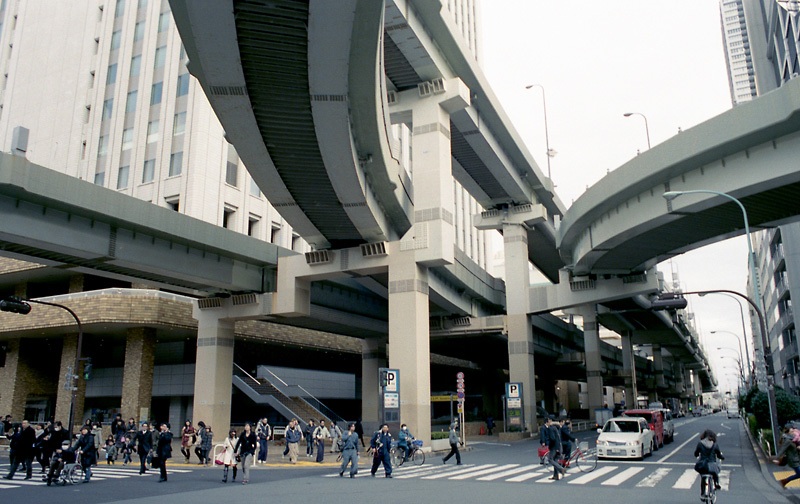
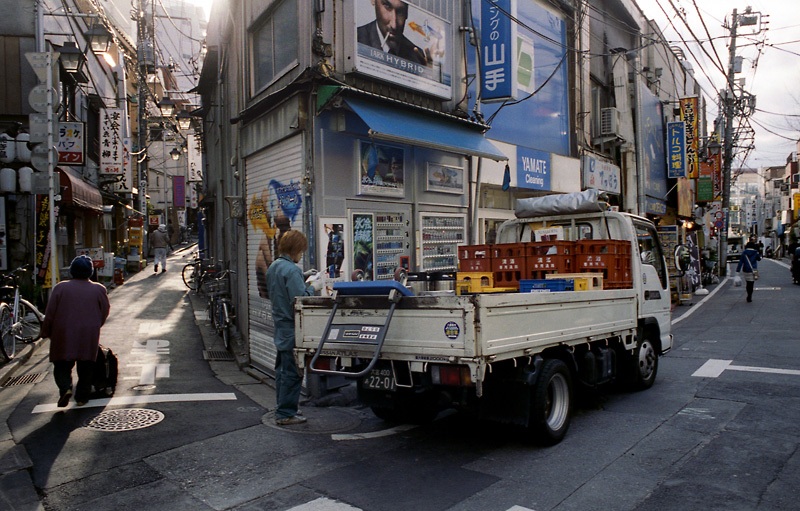
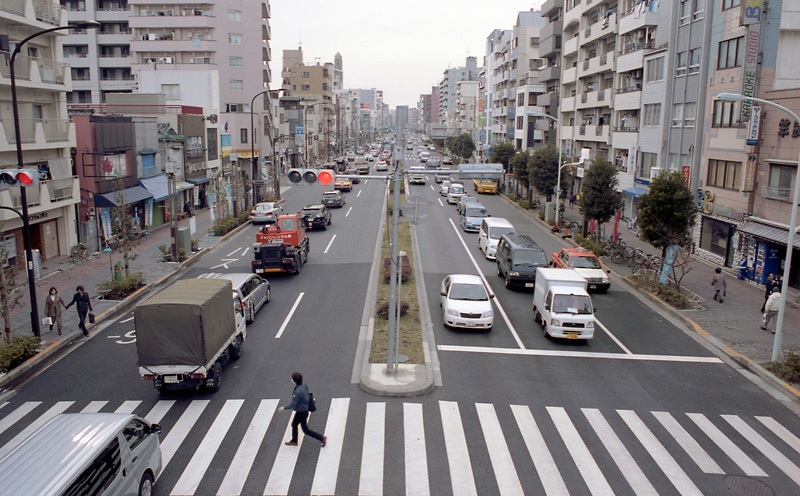
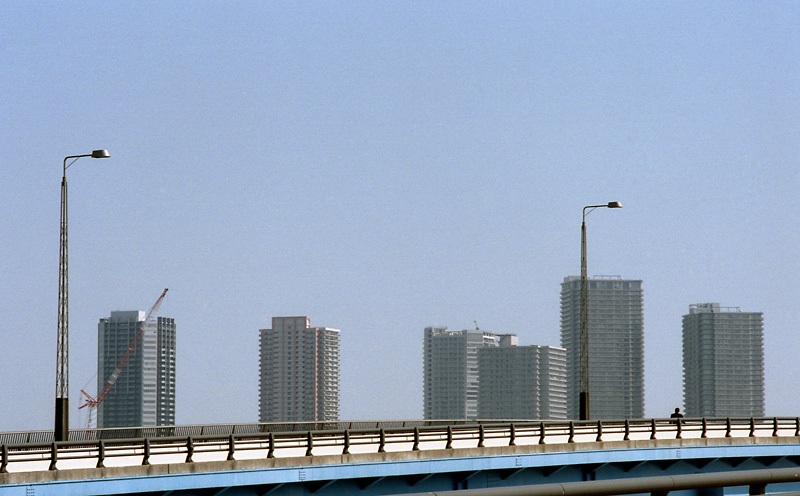
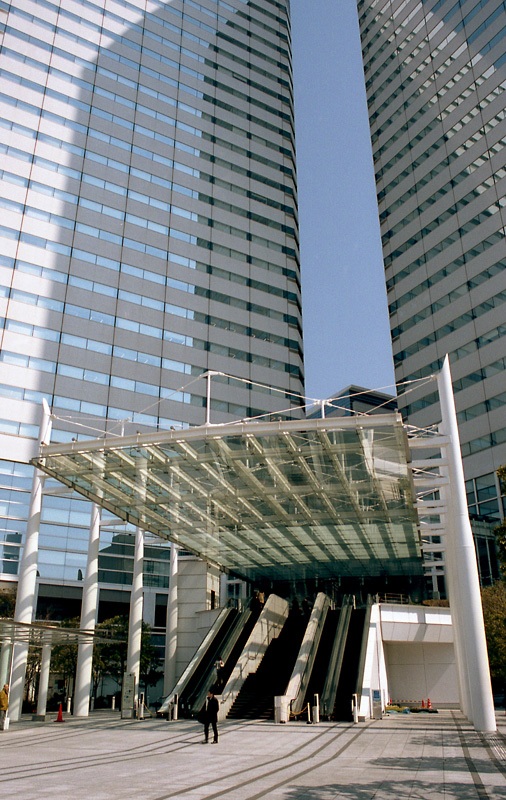
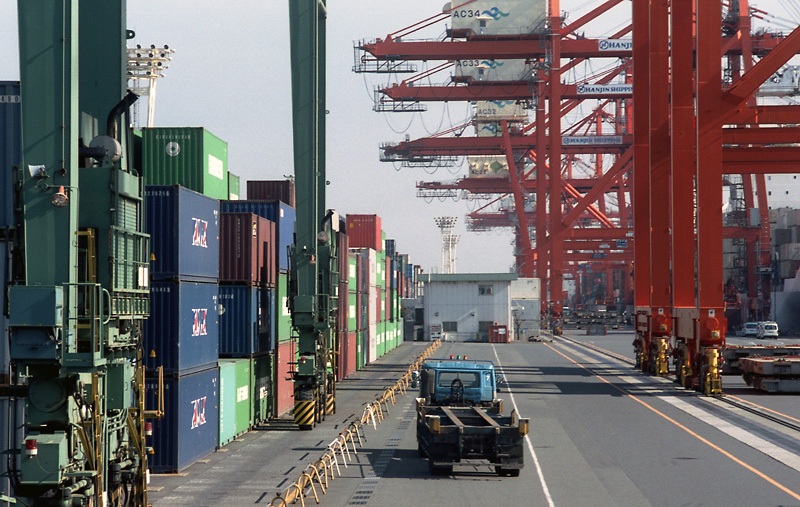
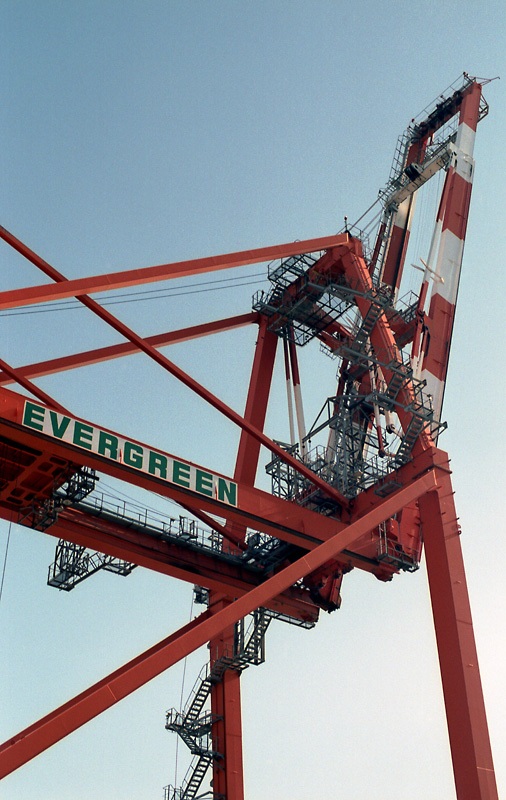
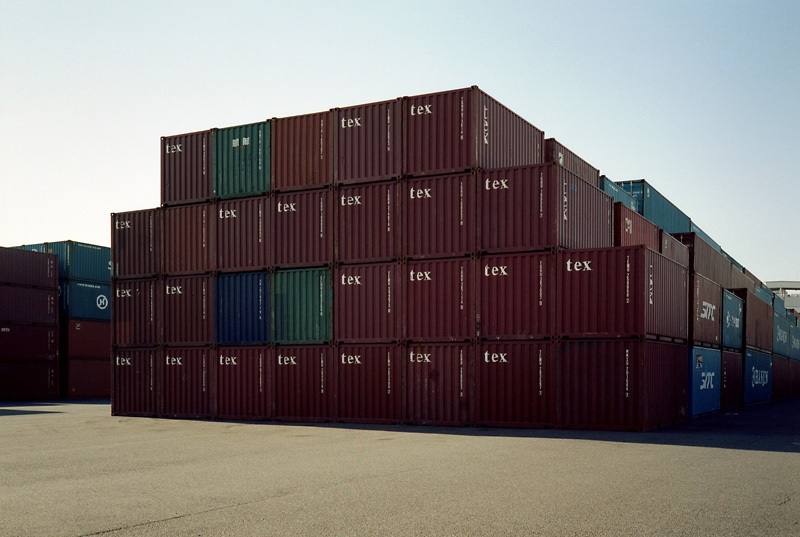
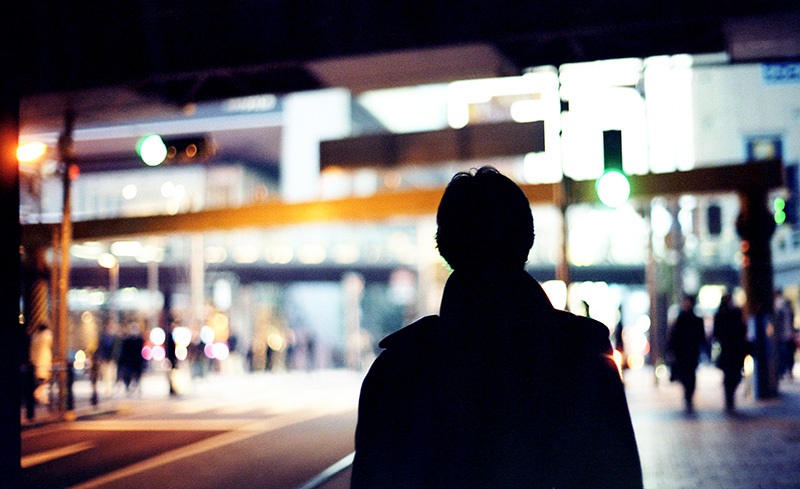
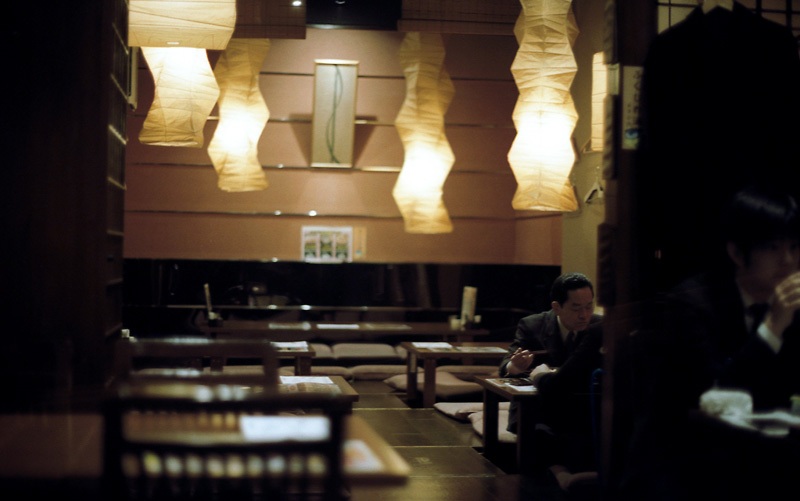
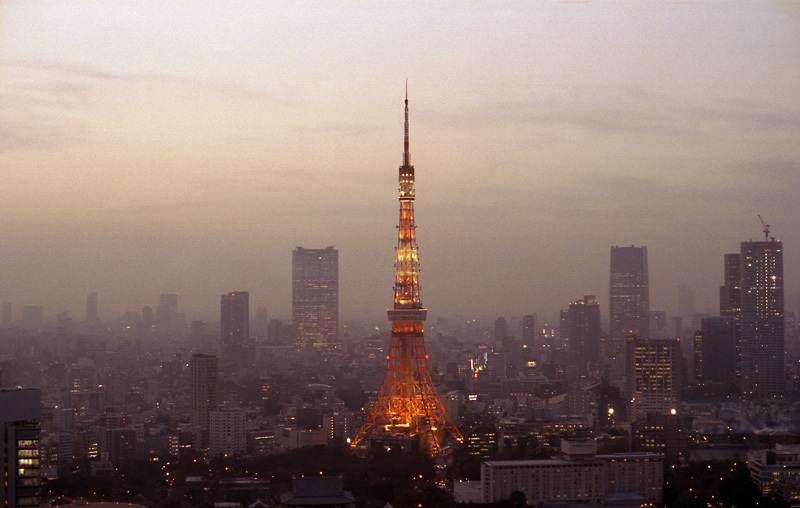
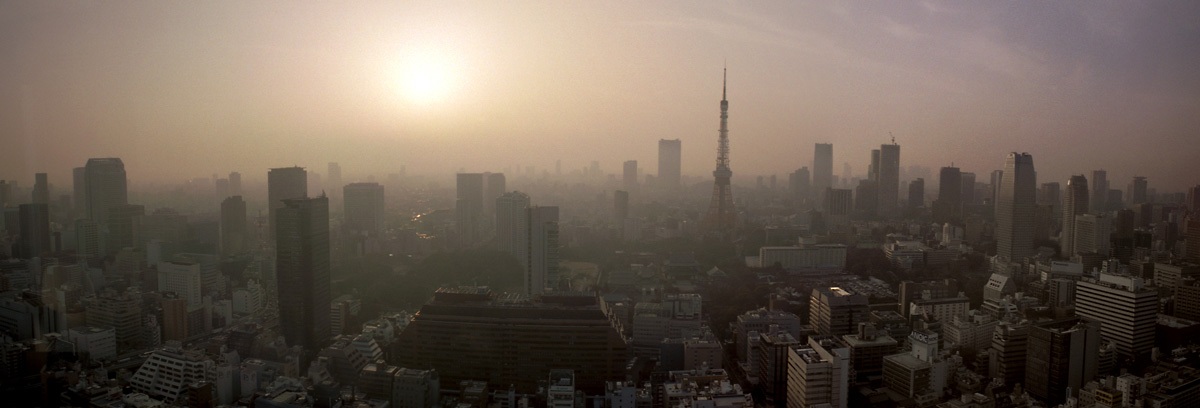
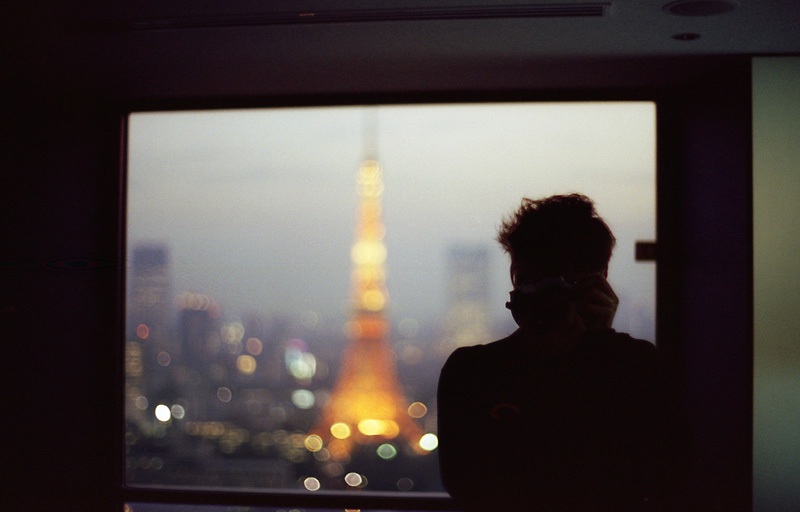
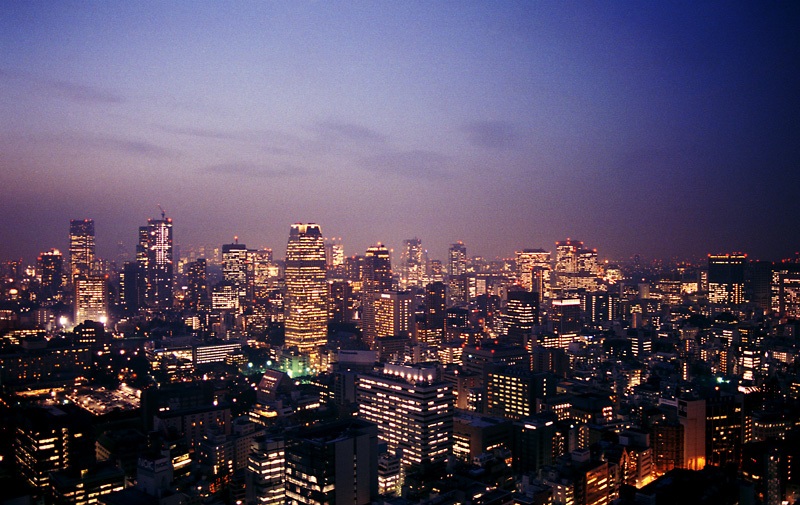
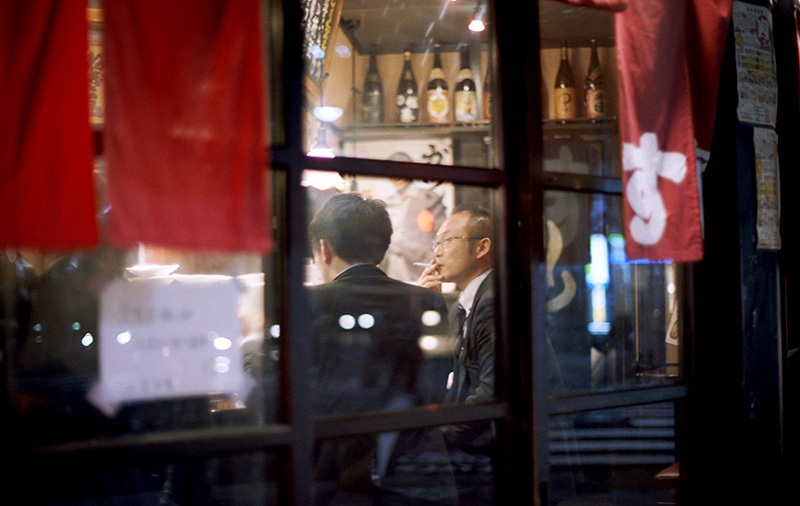
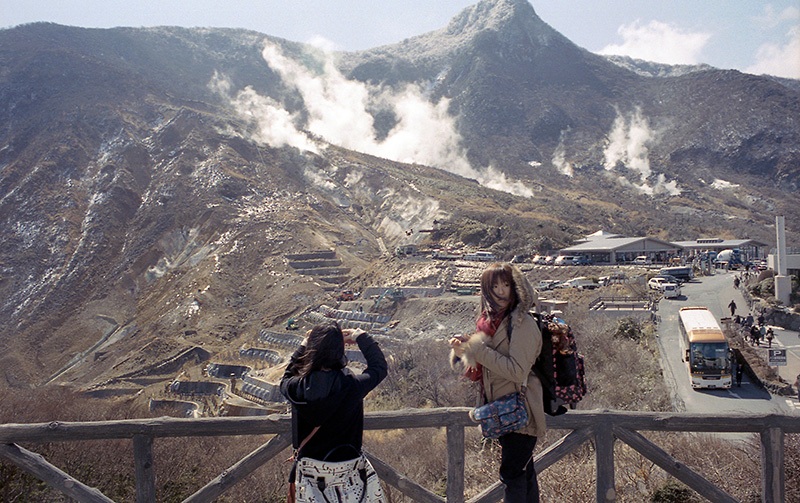
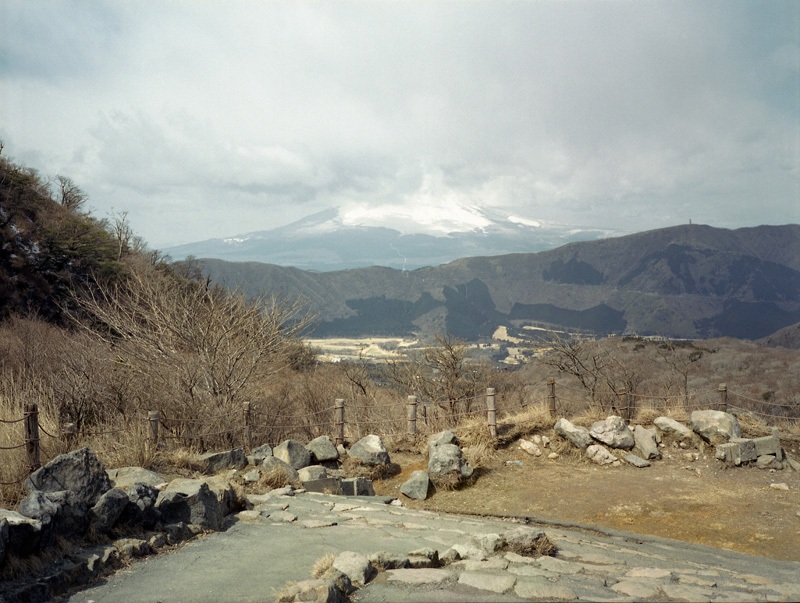
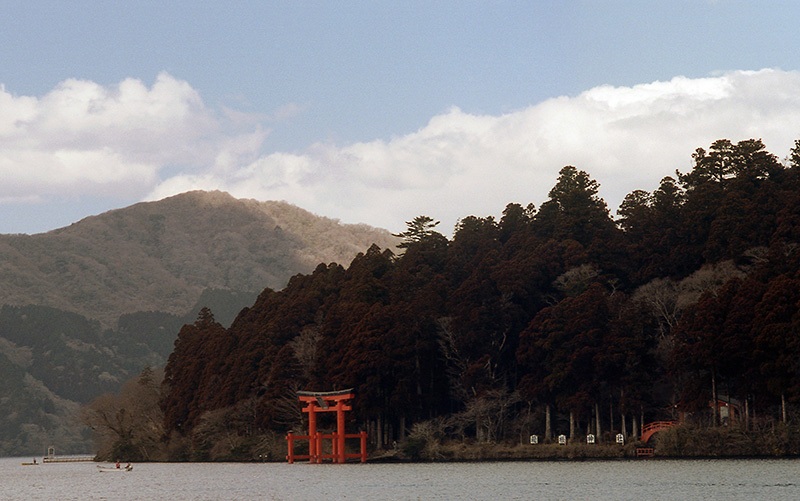
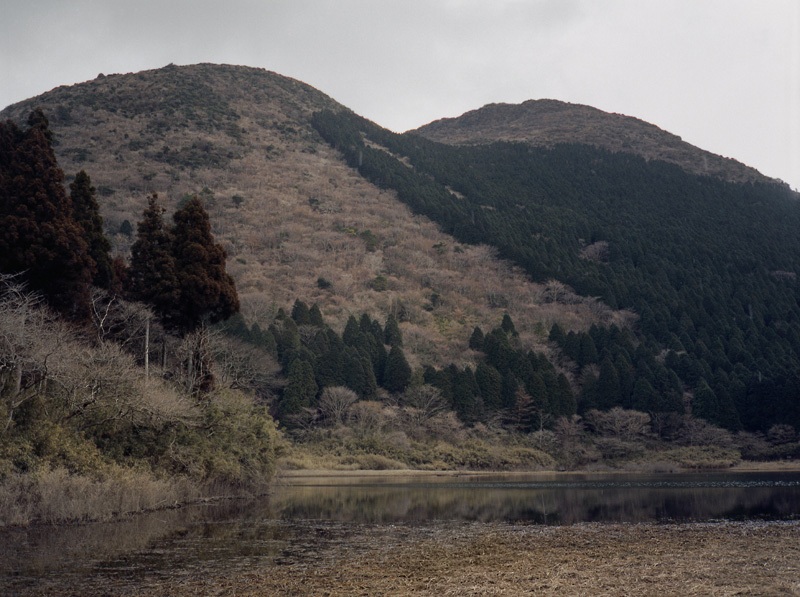
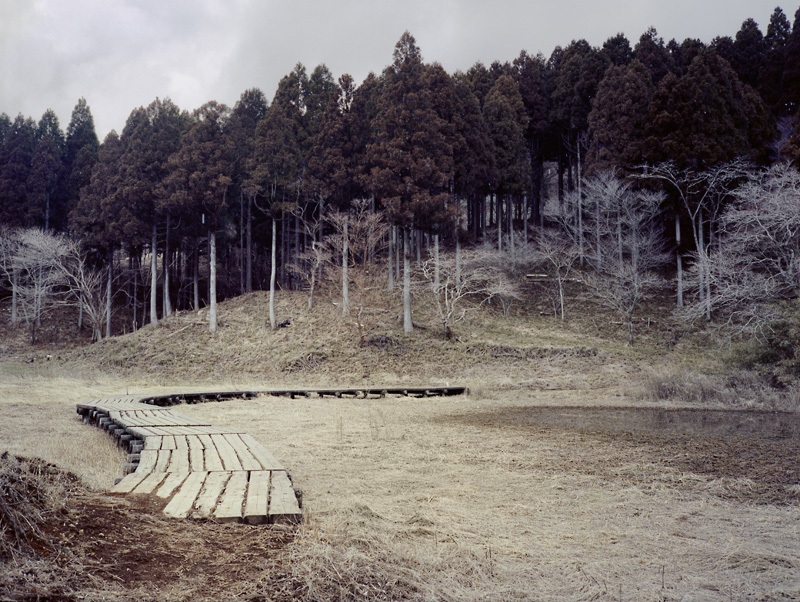
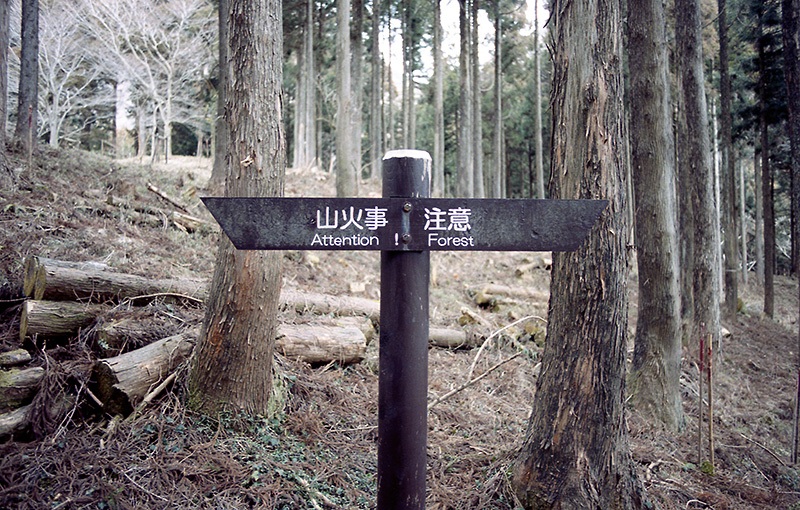
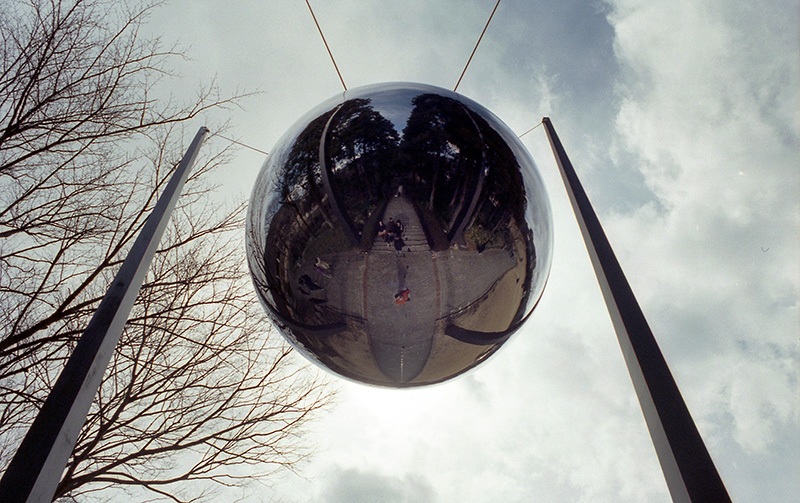
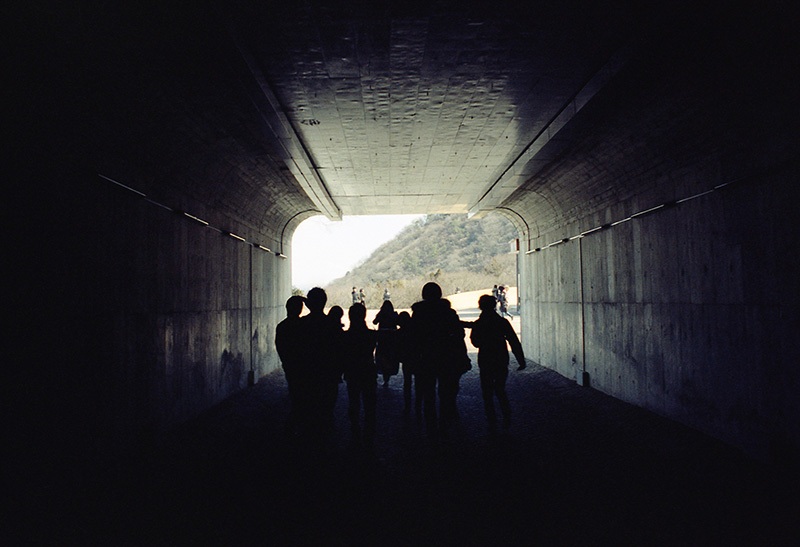
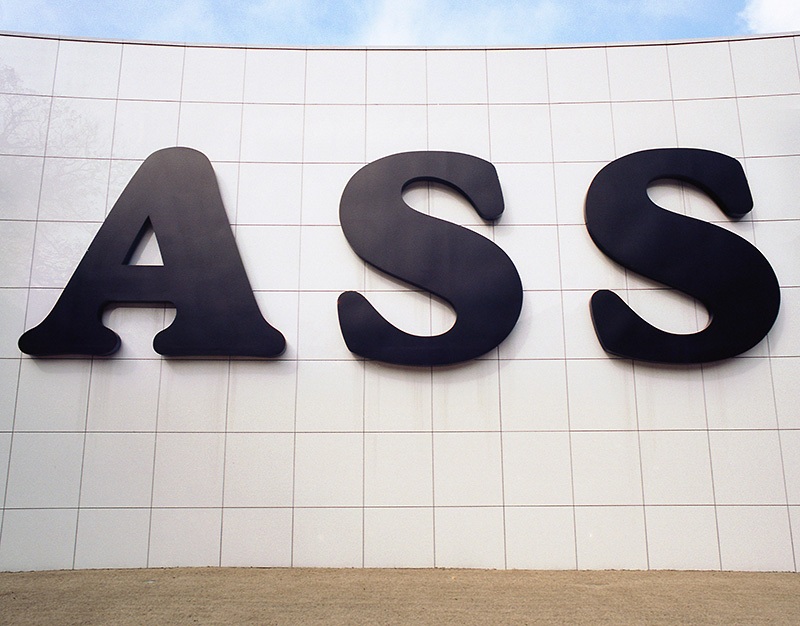
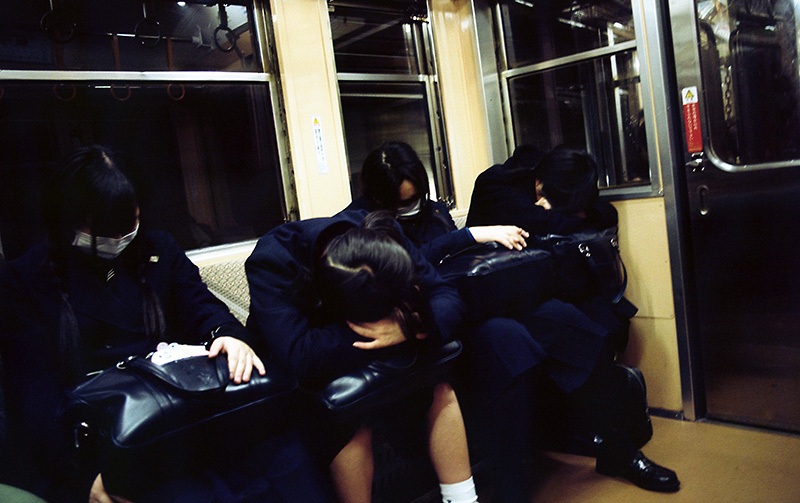
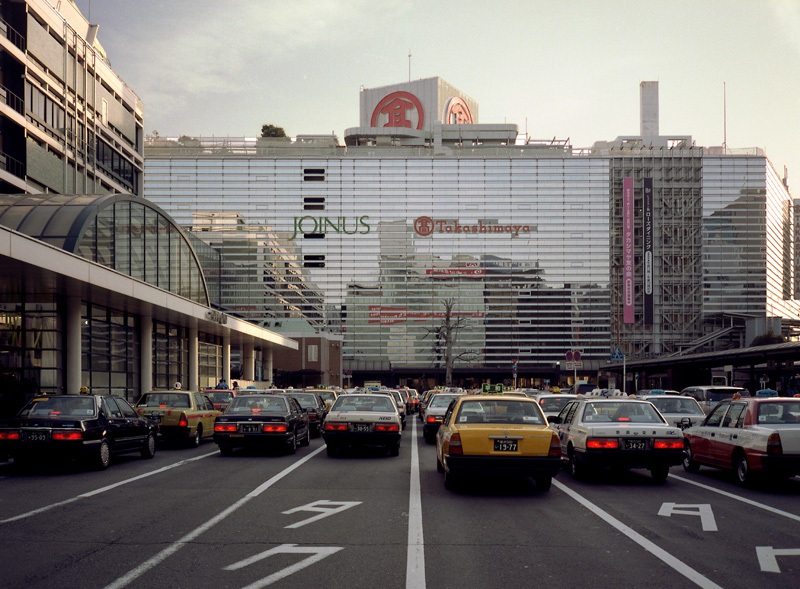
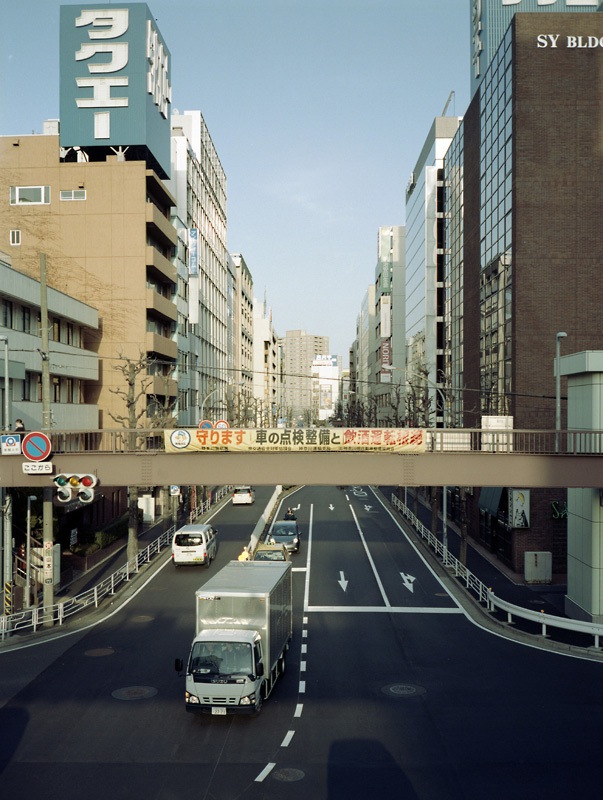
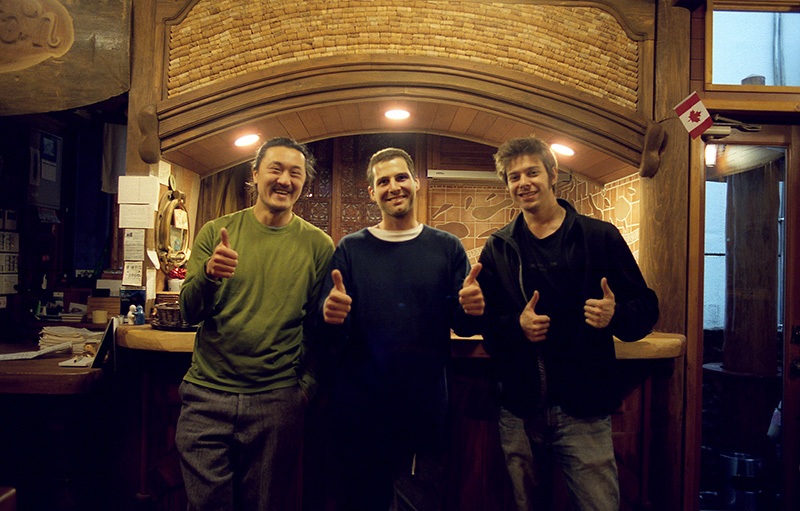
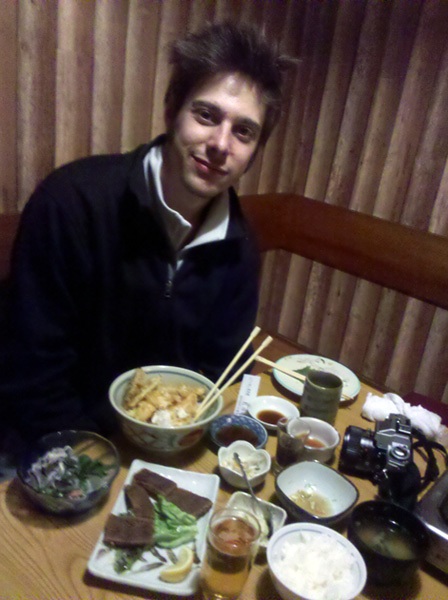
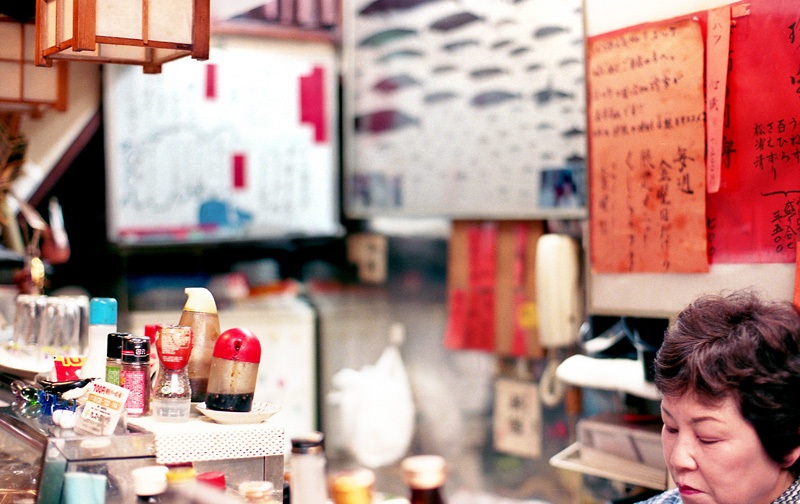
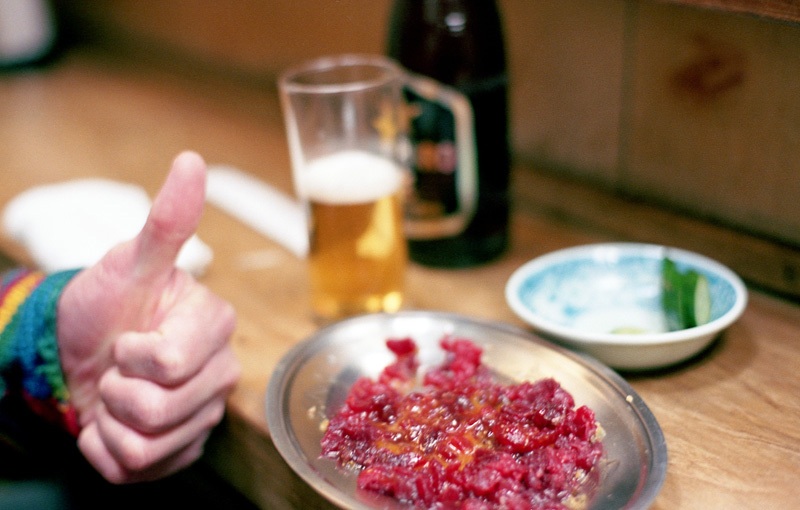
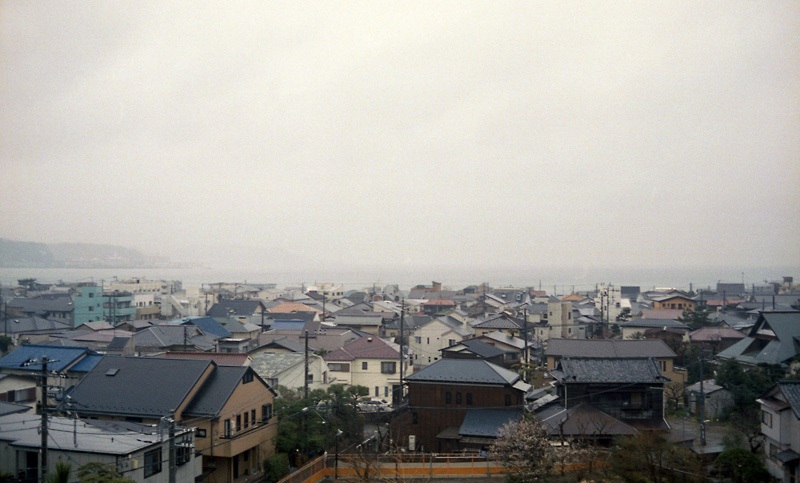
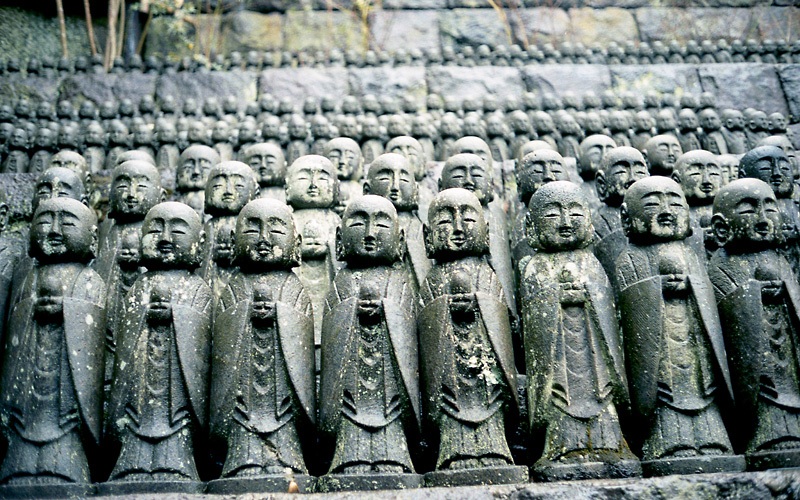
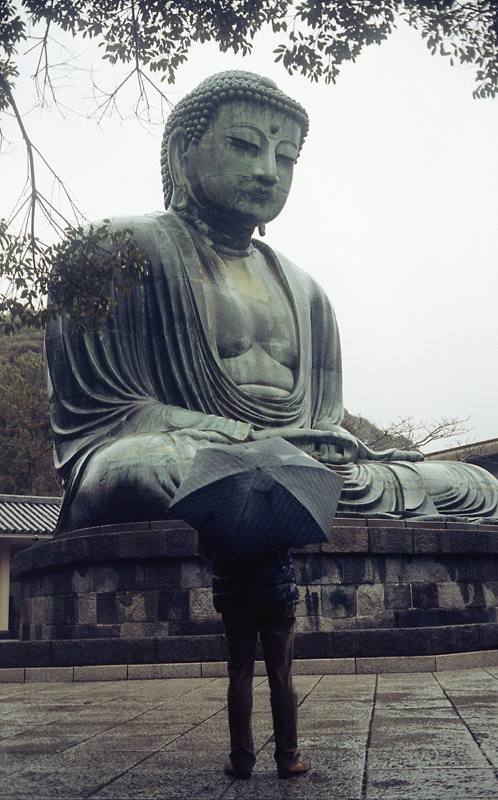
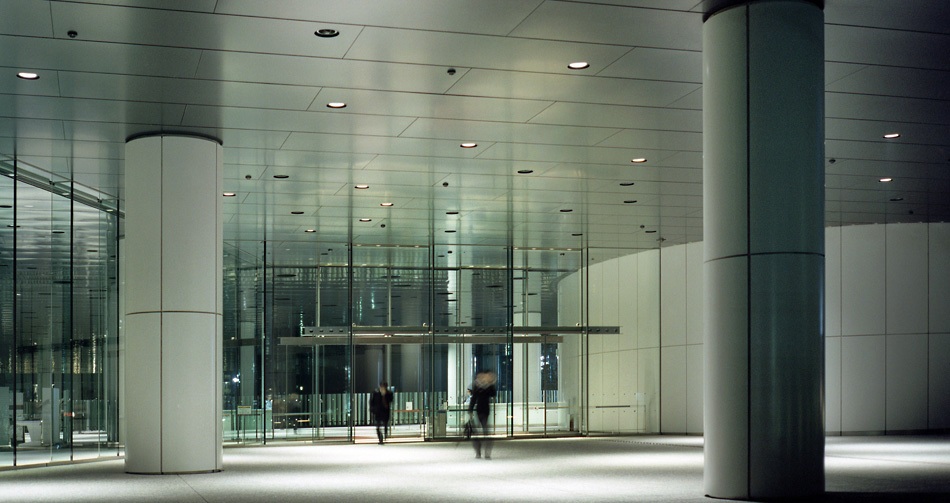
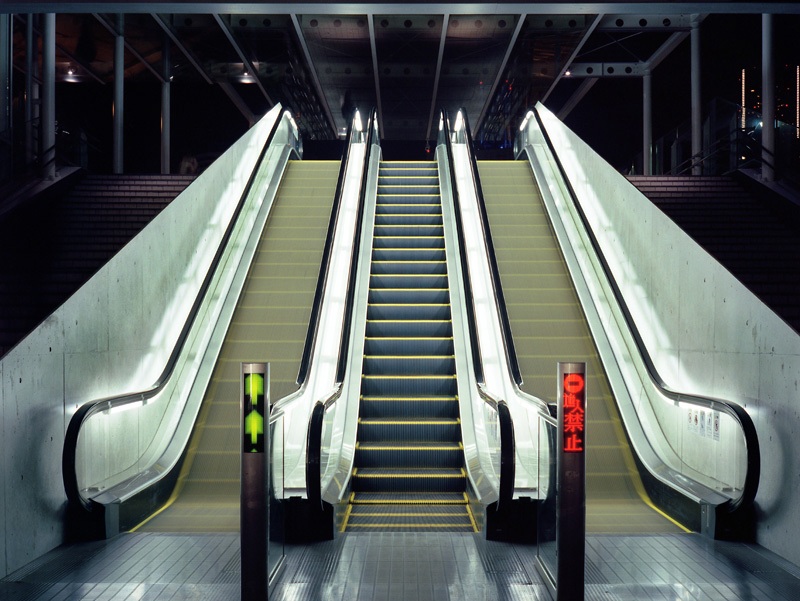
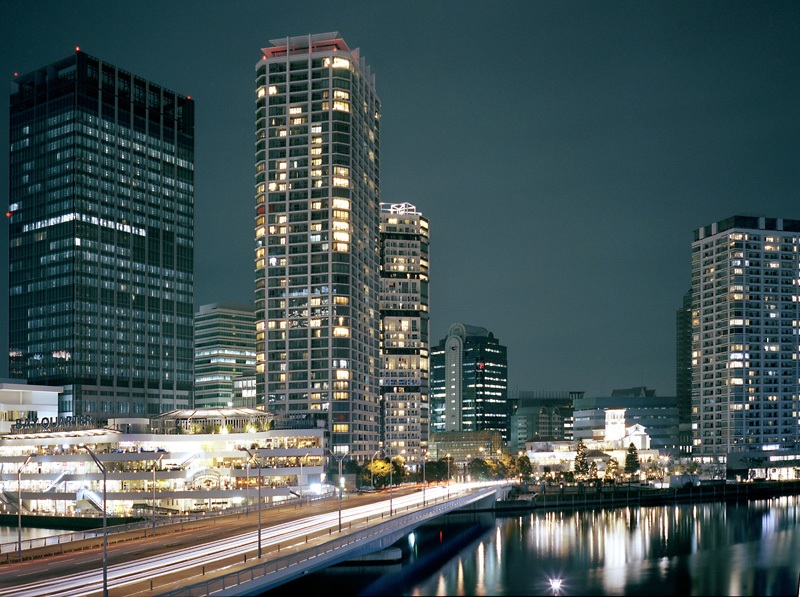
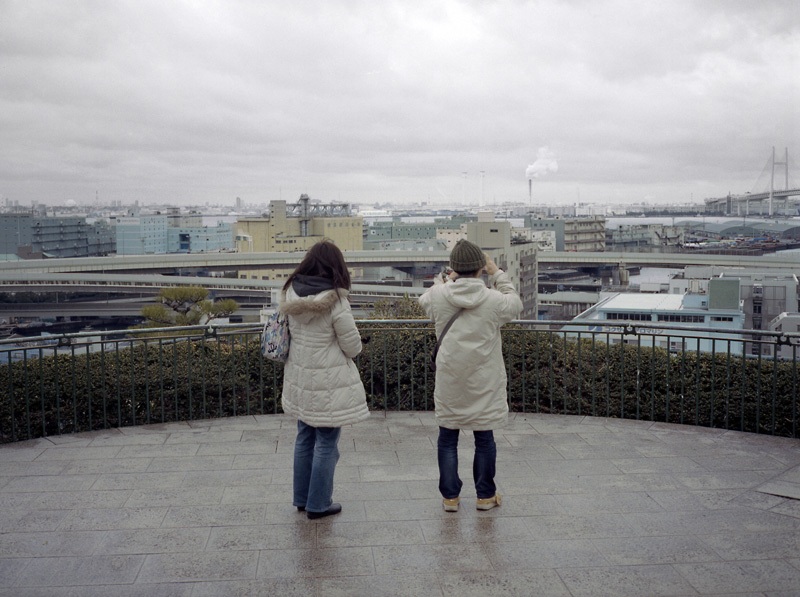
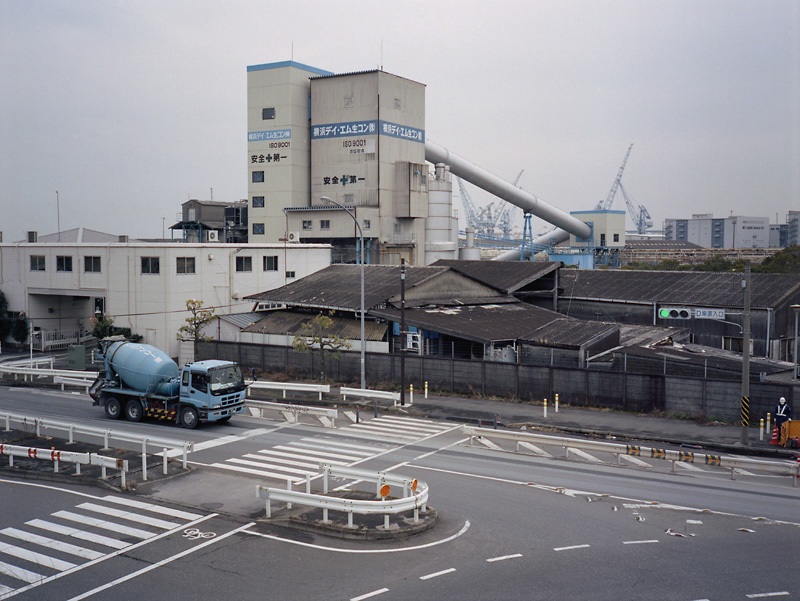
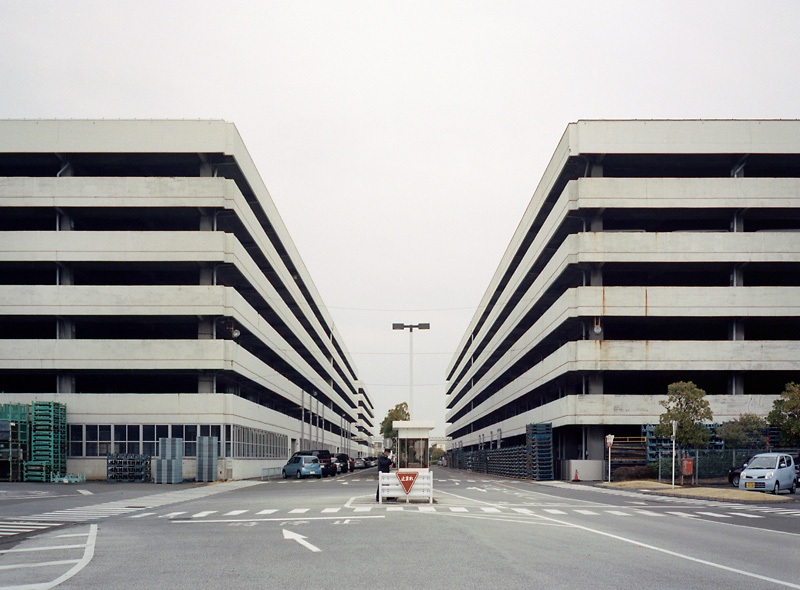
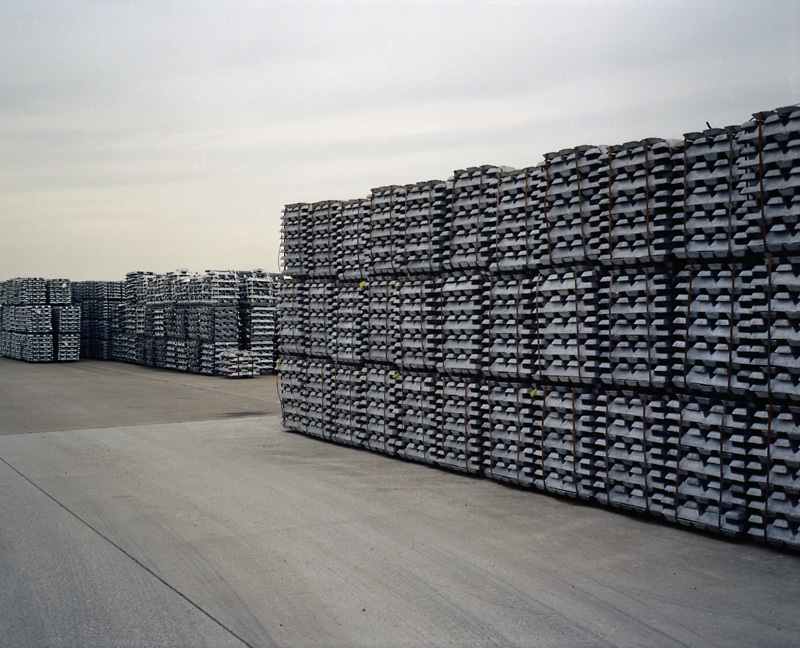
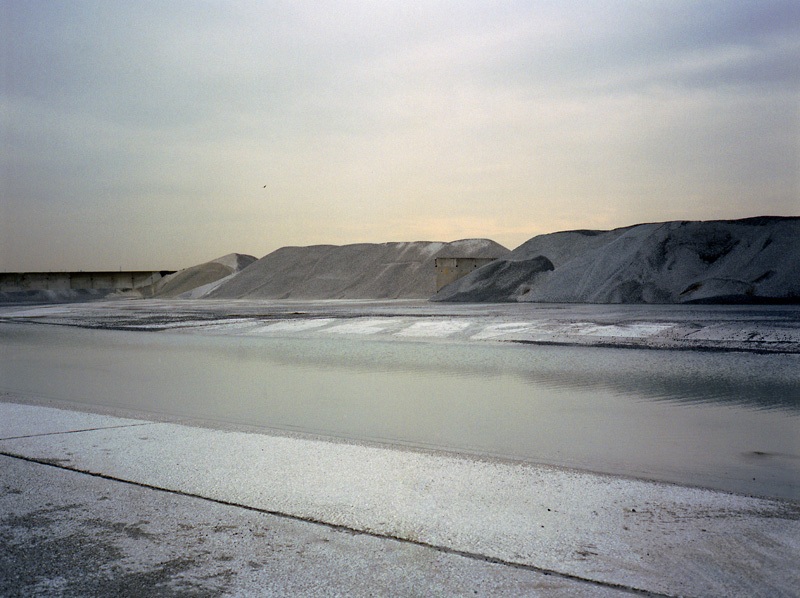
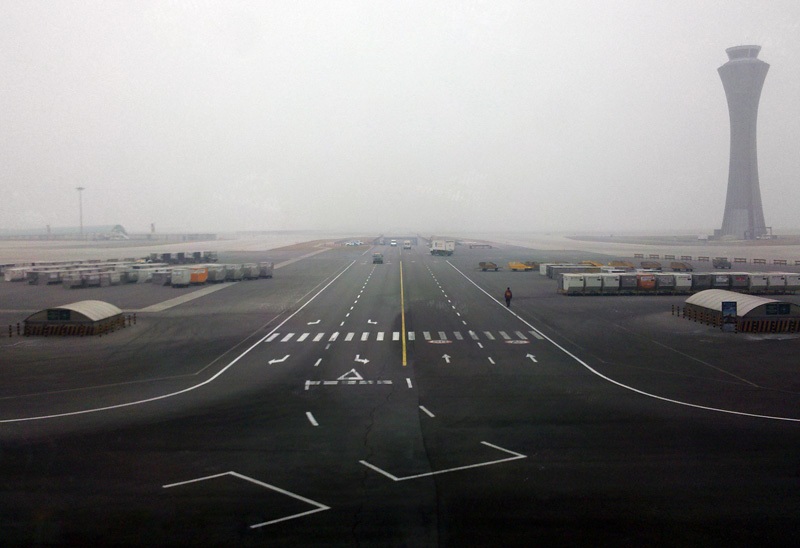

 Become a
Become a